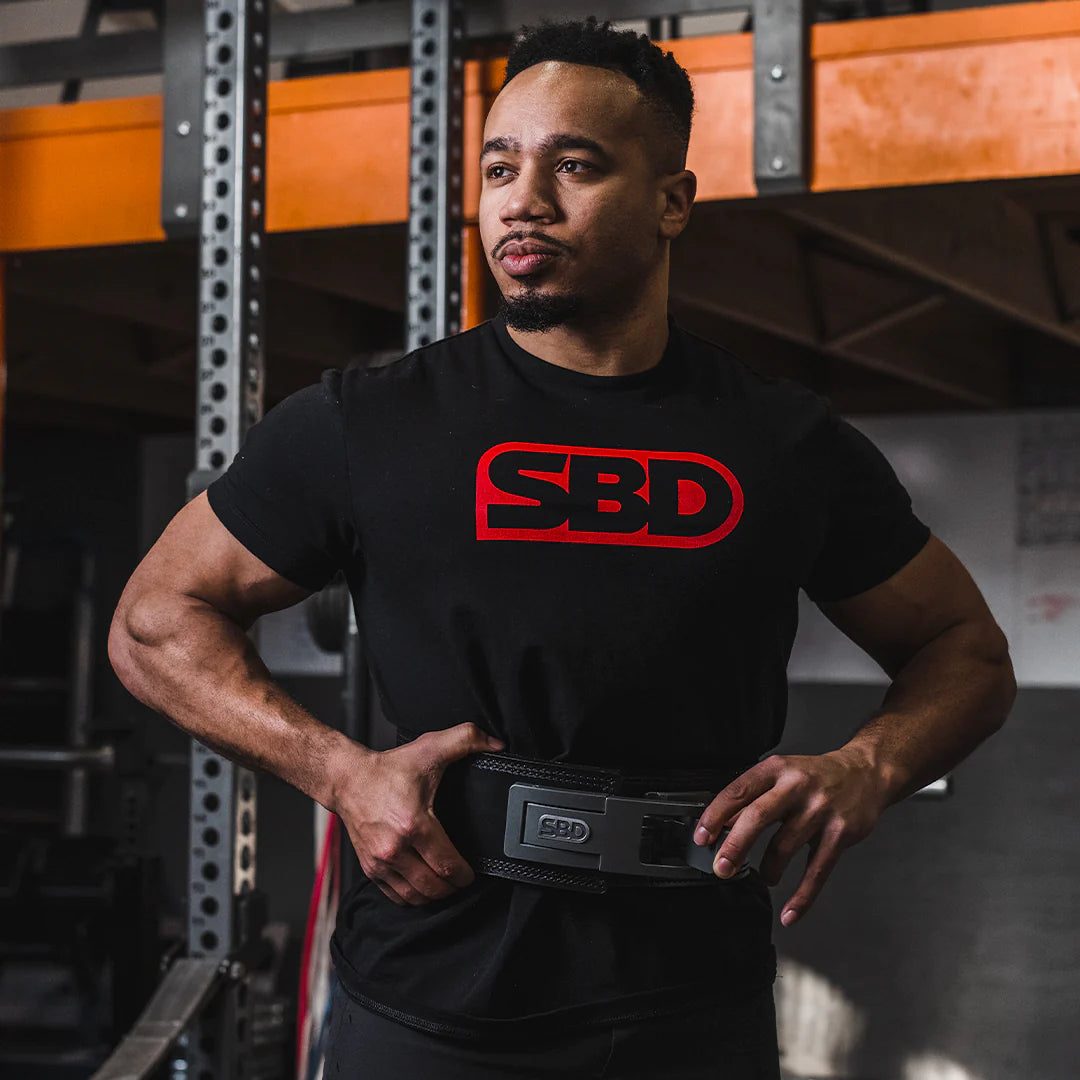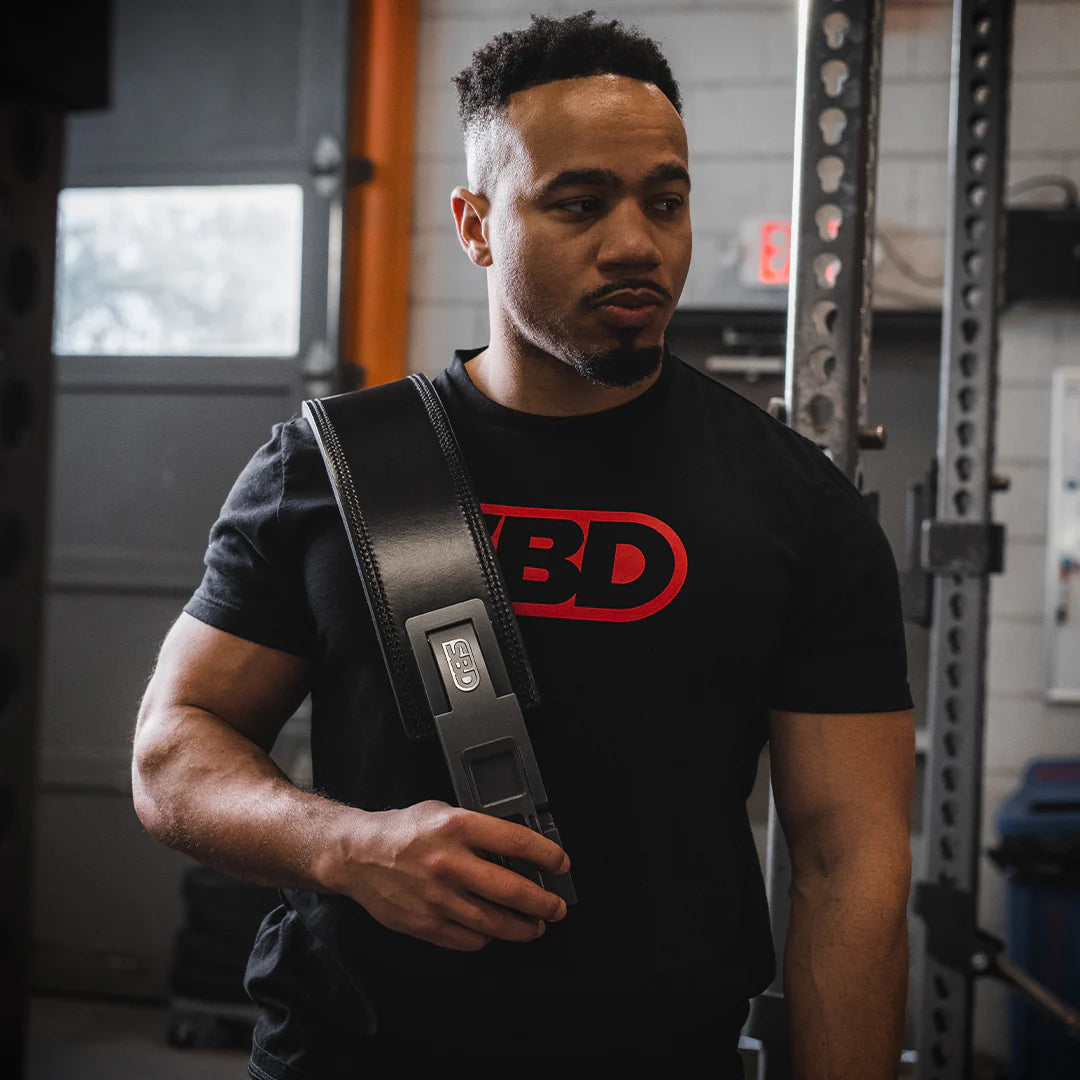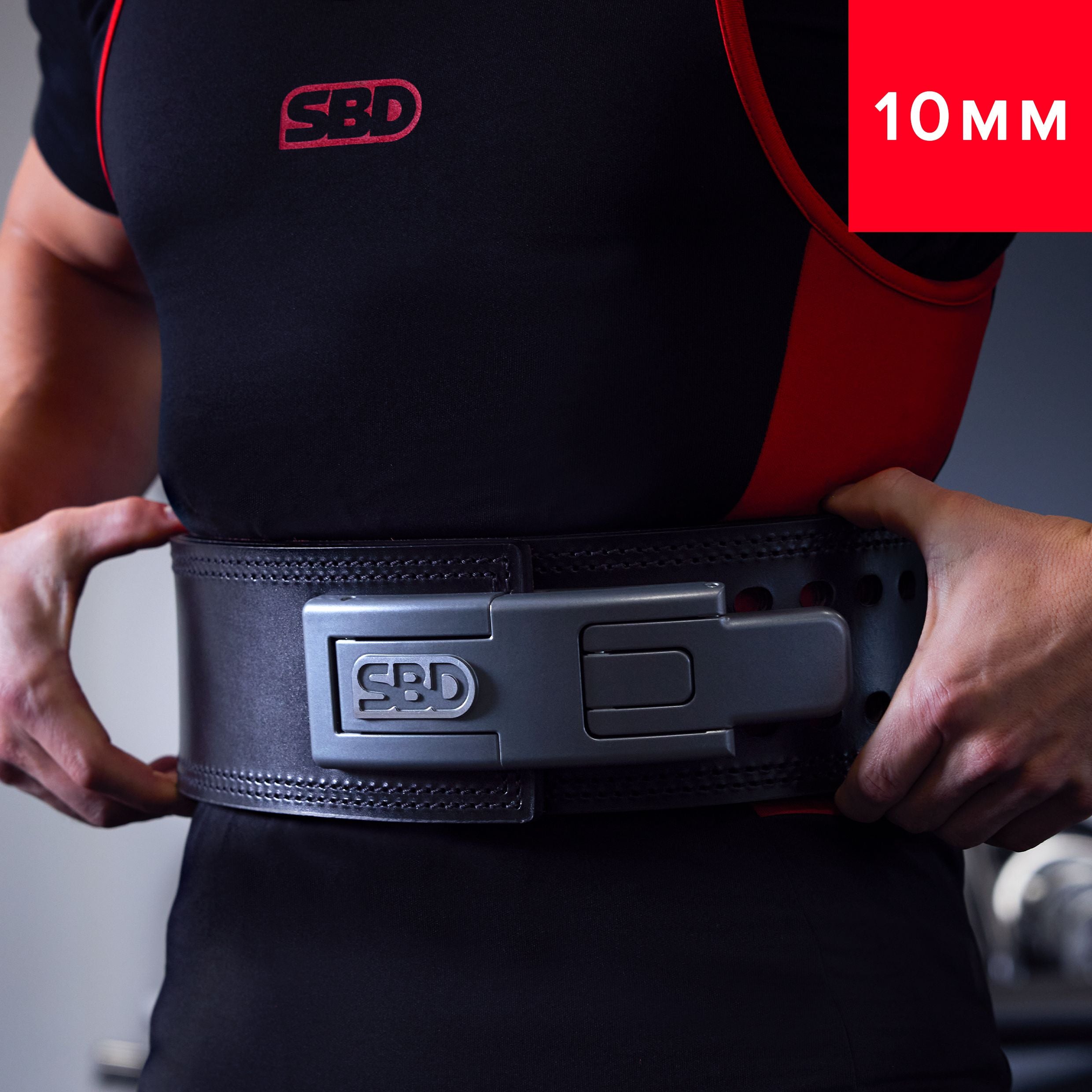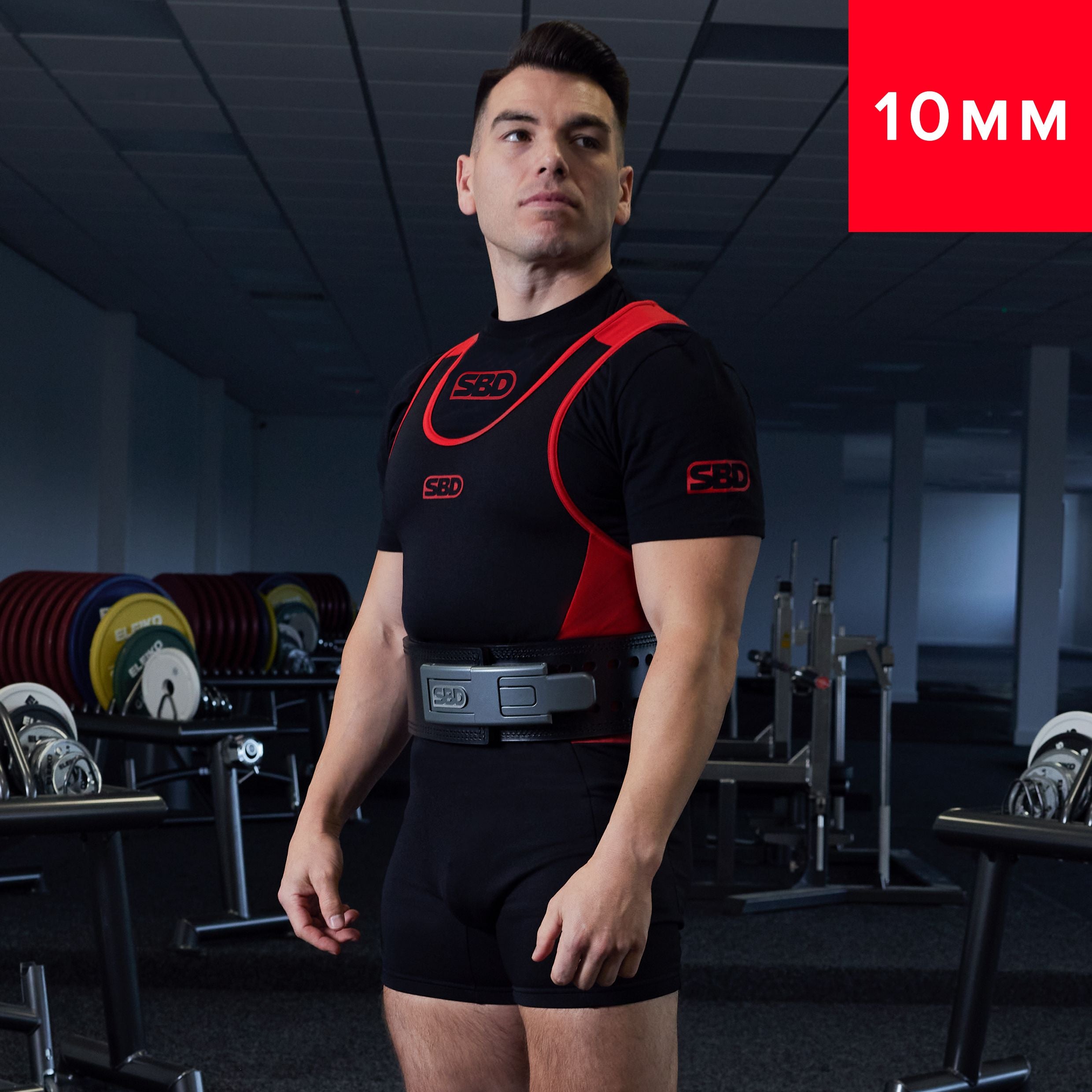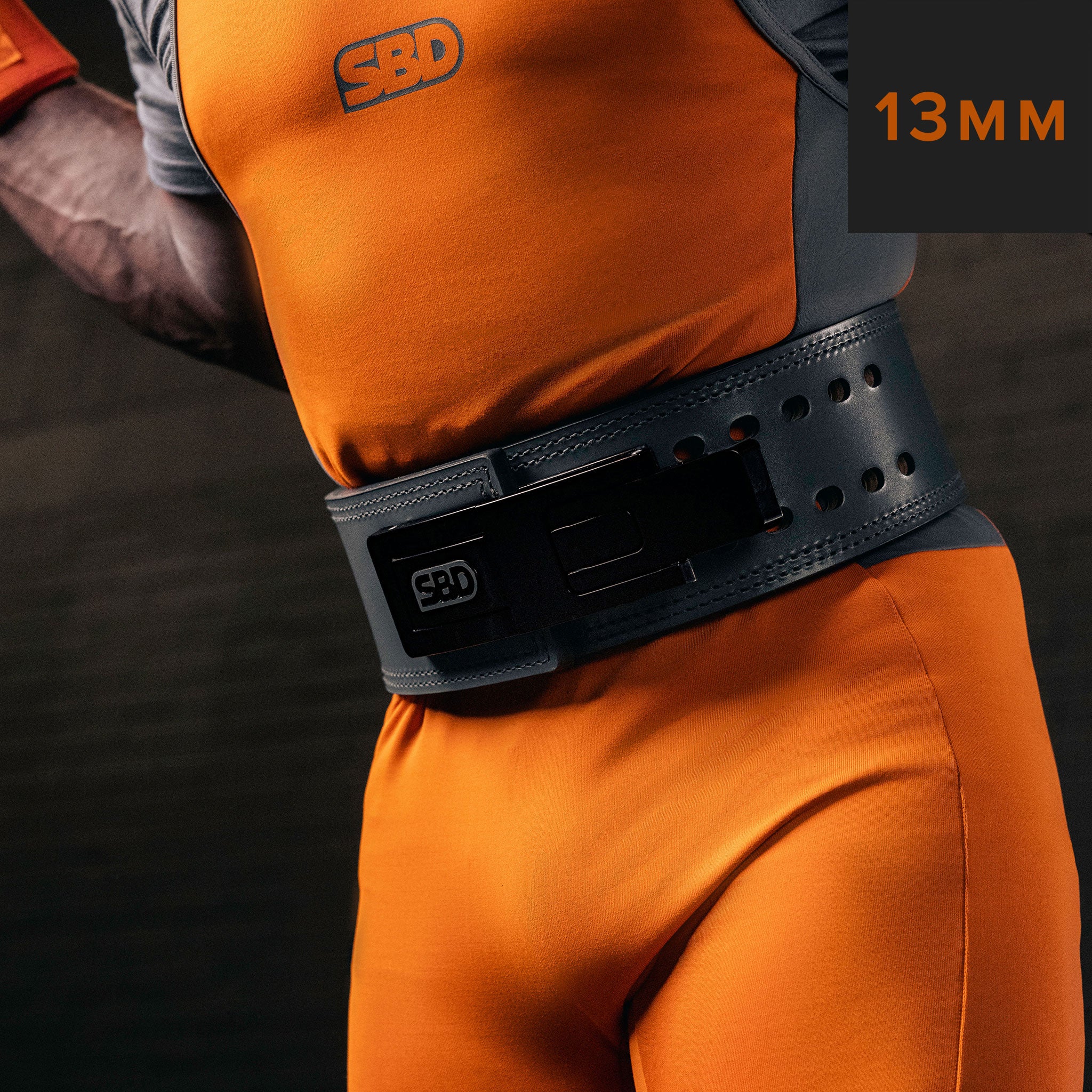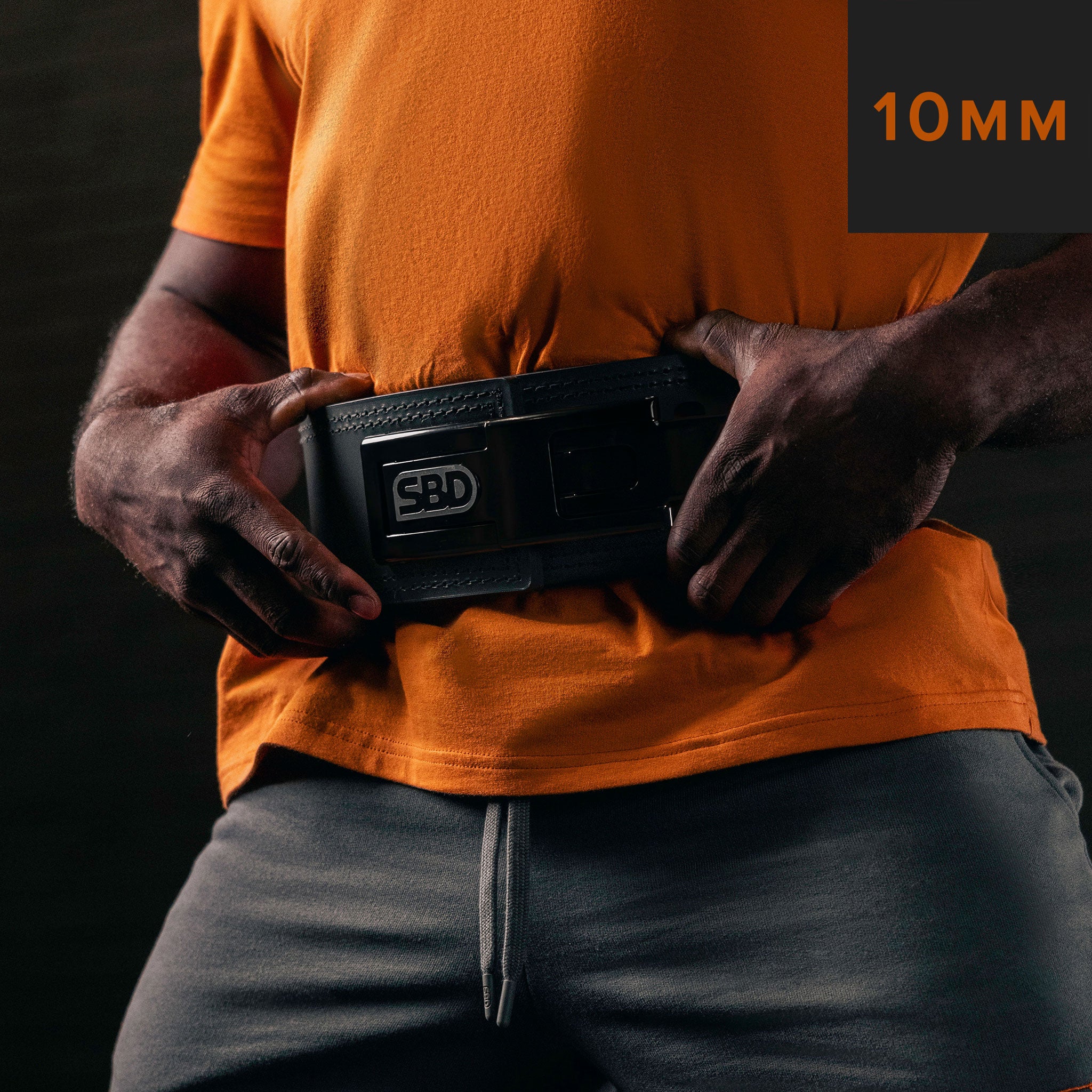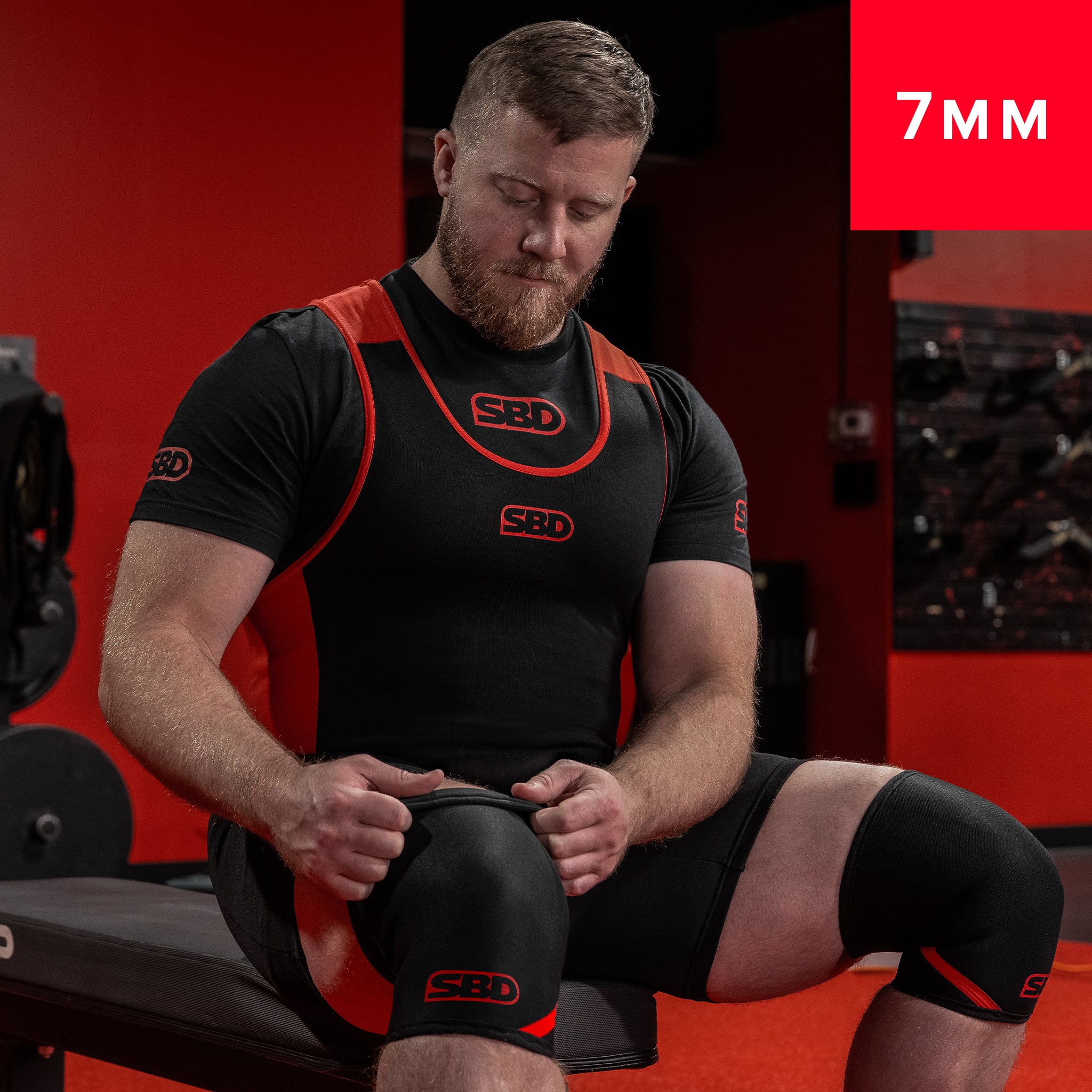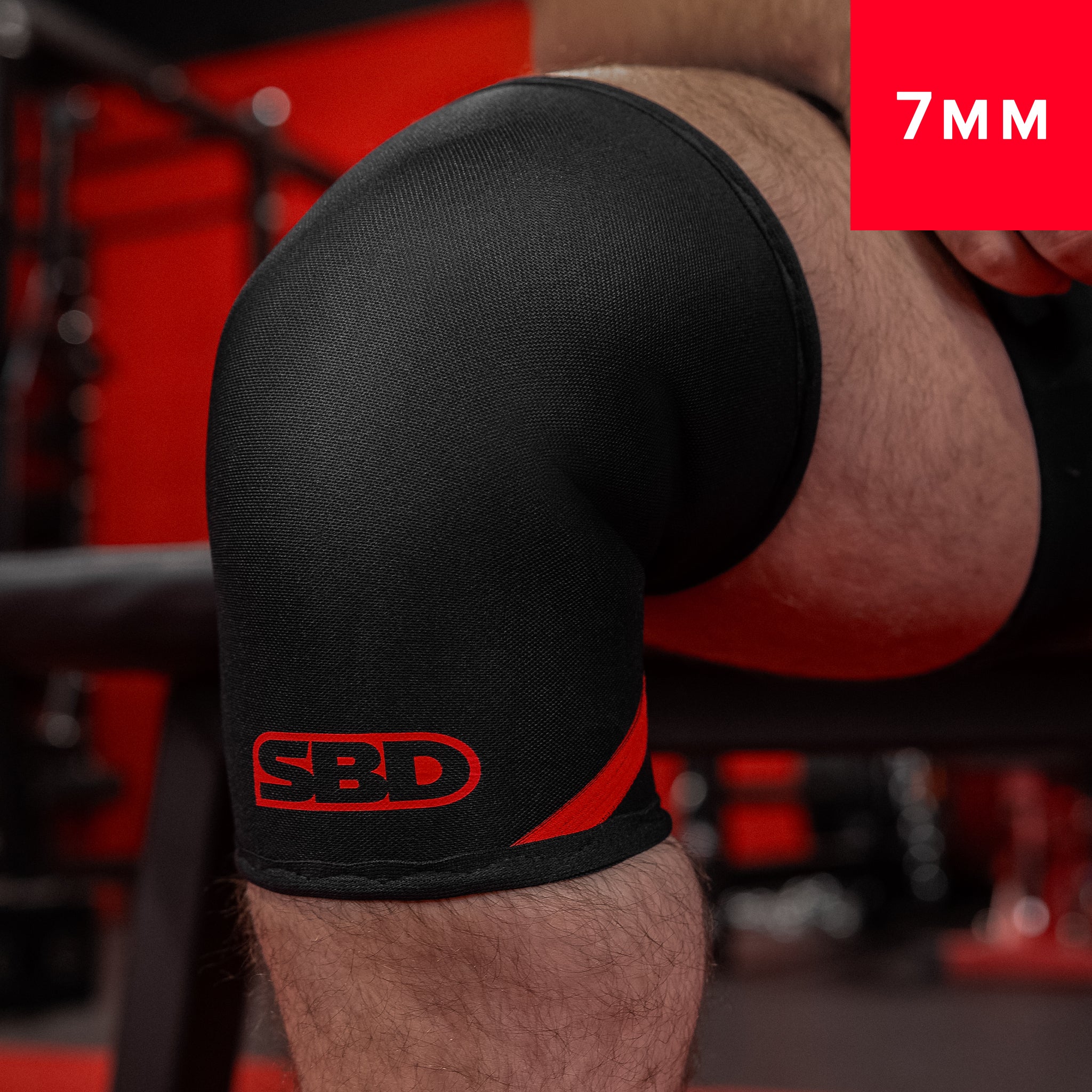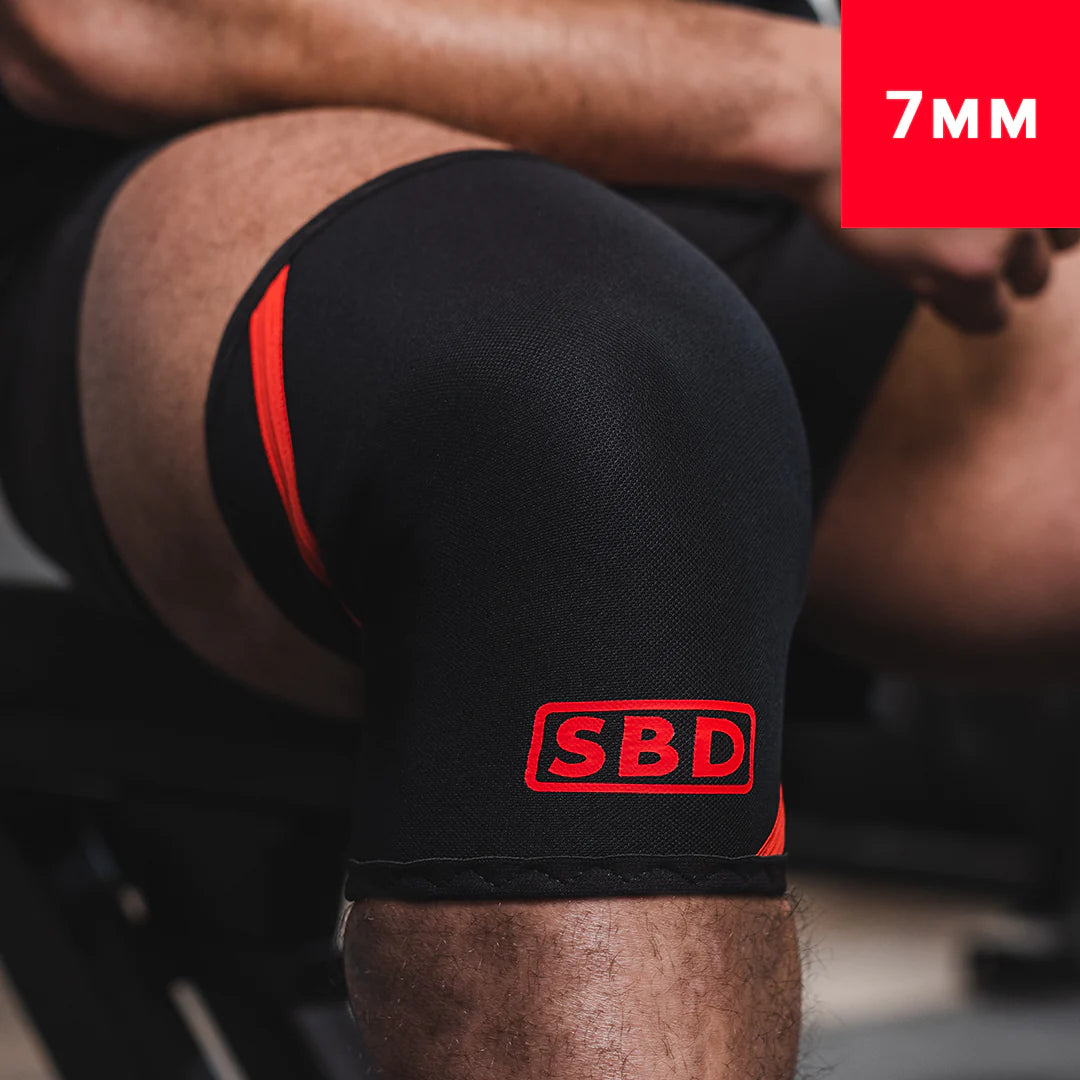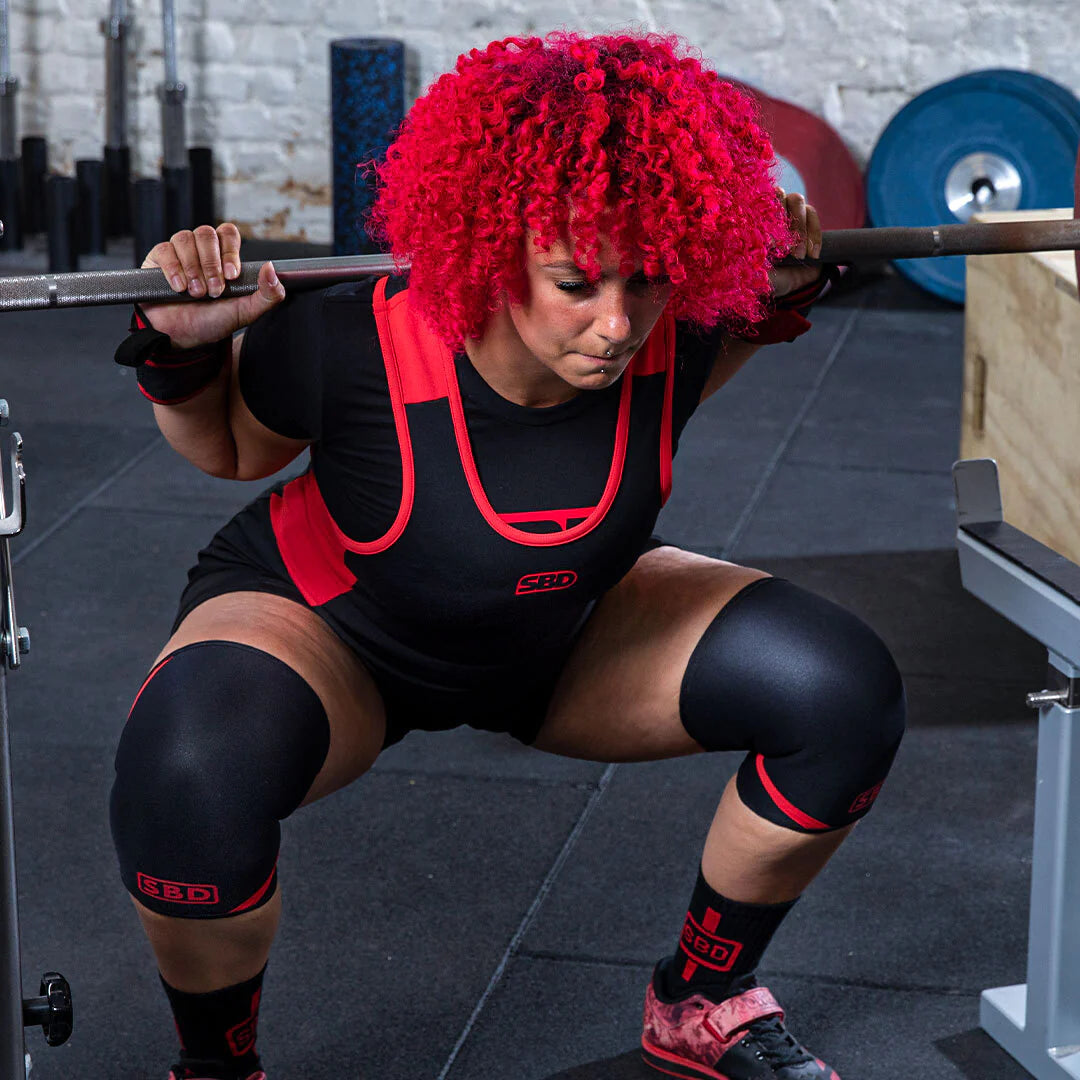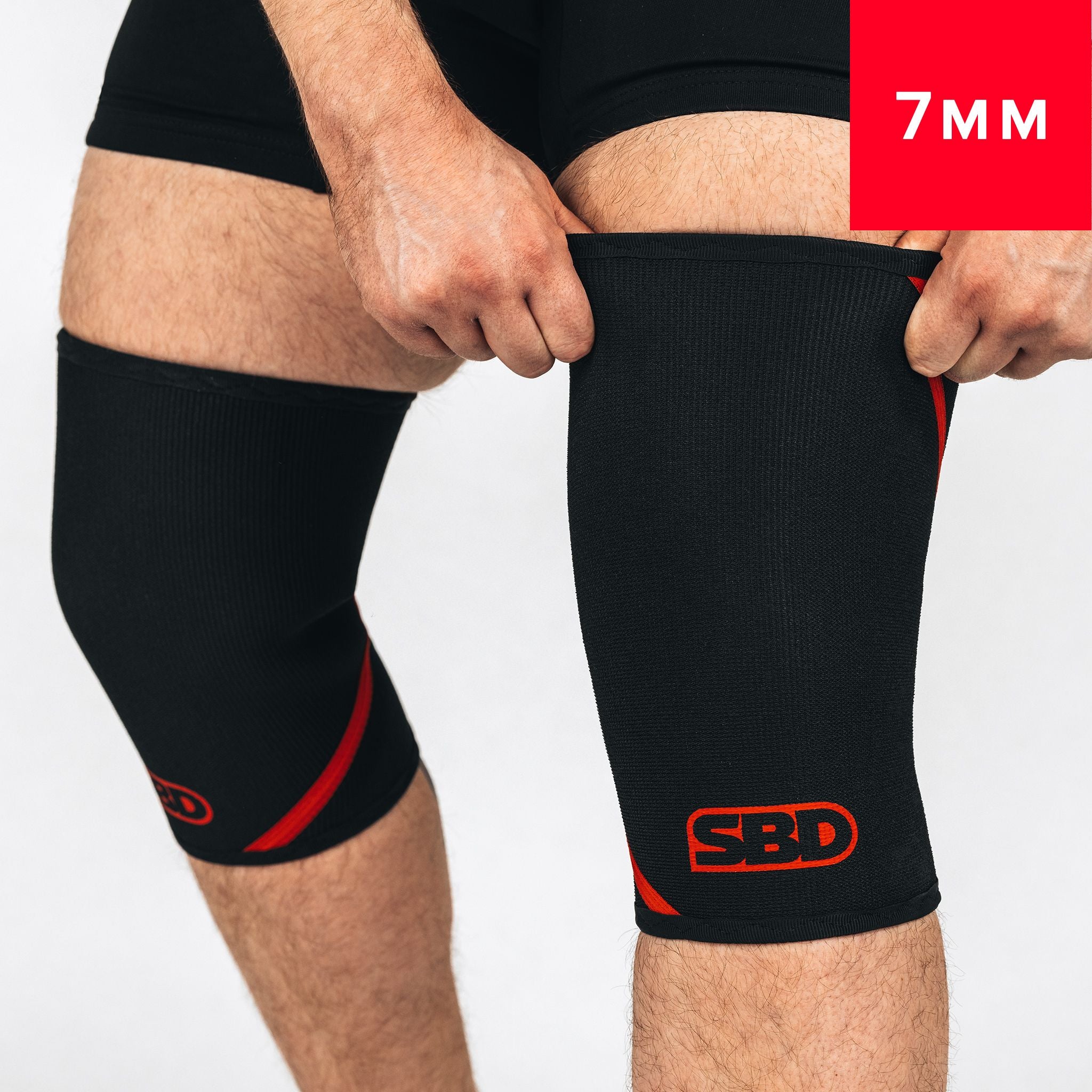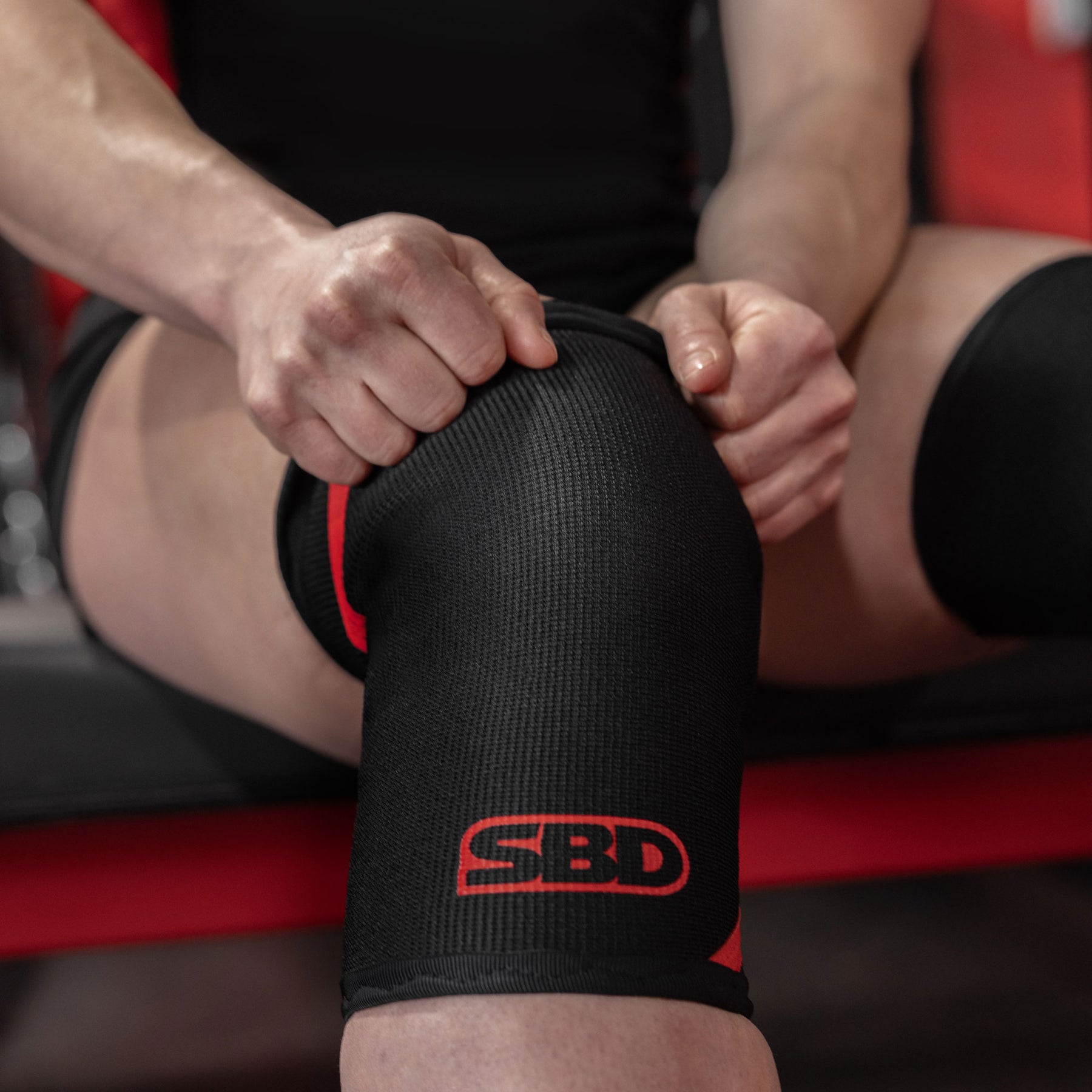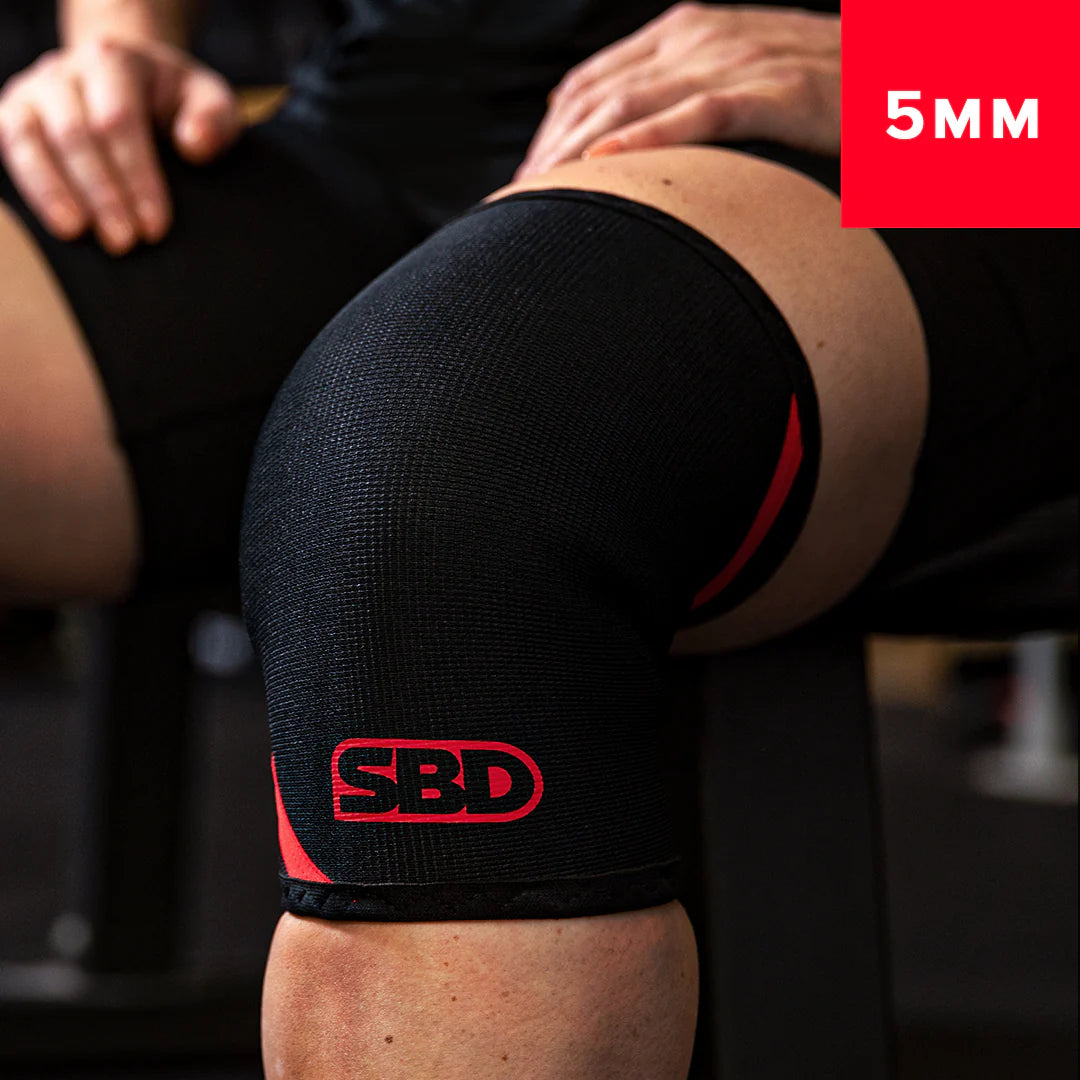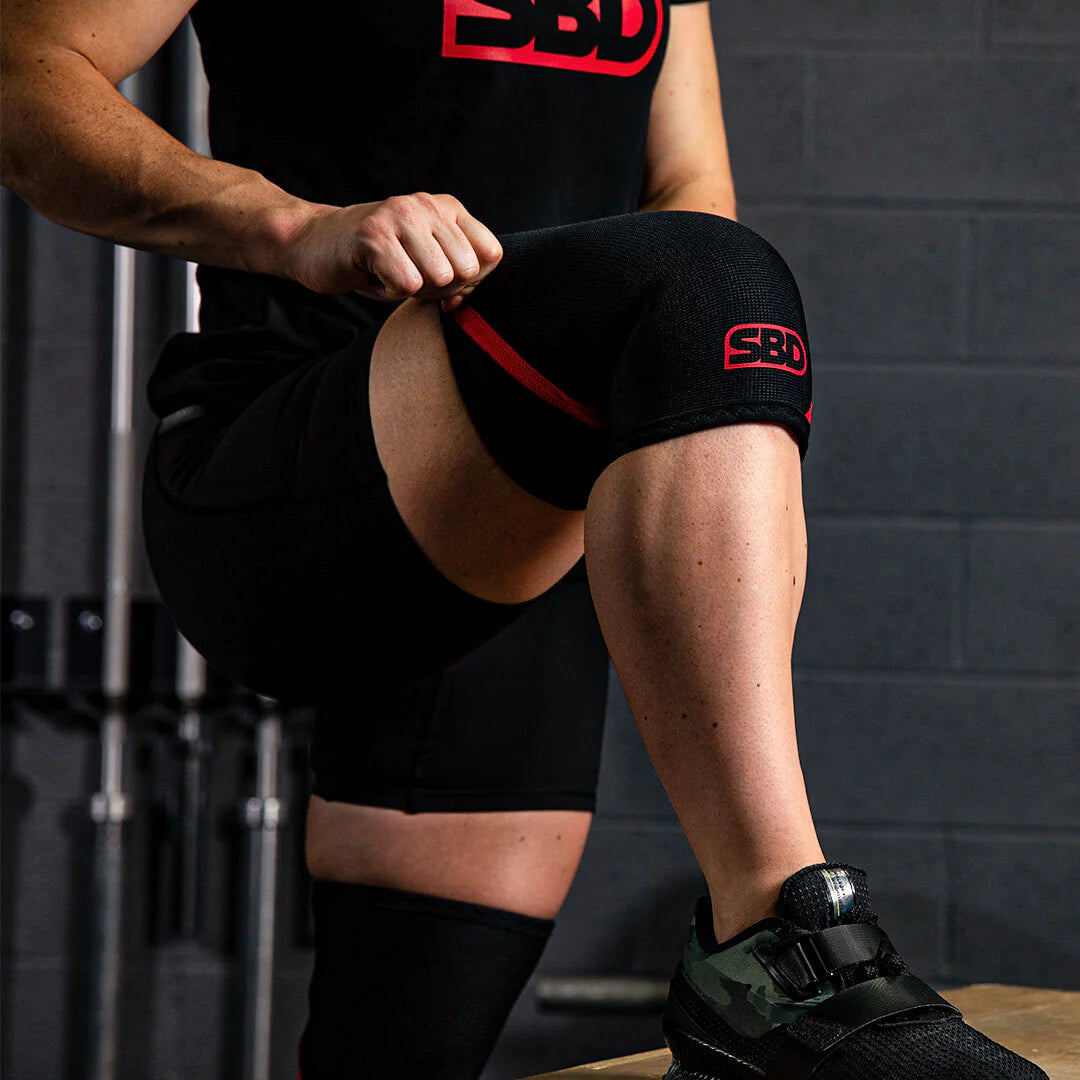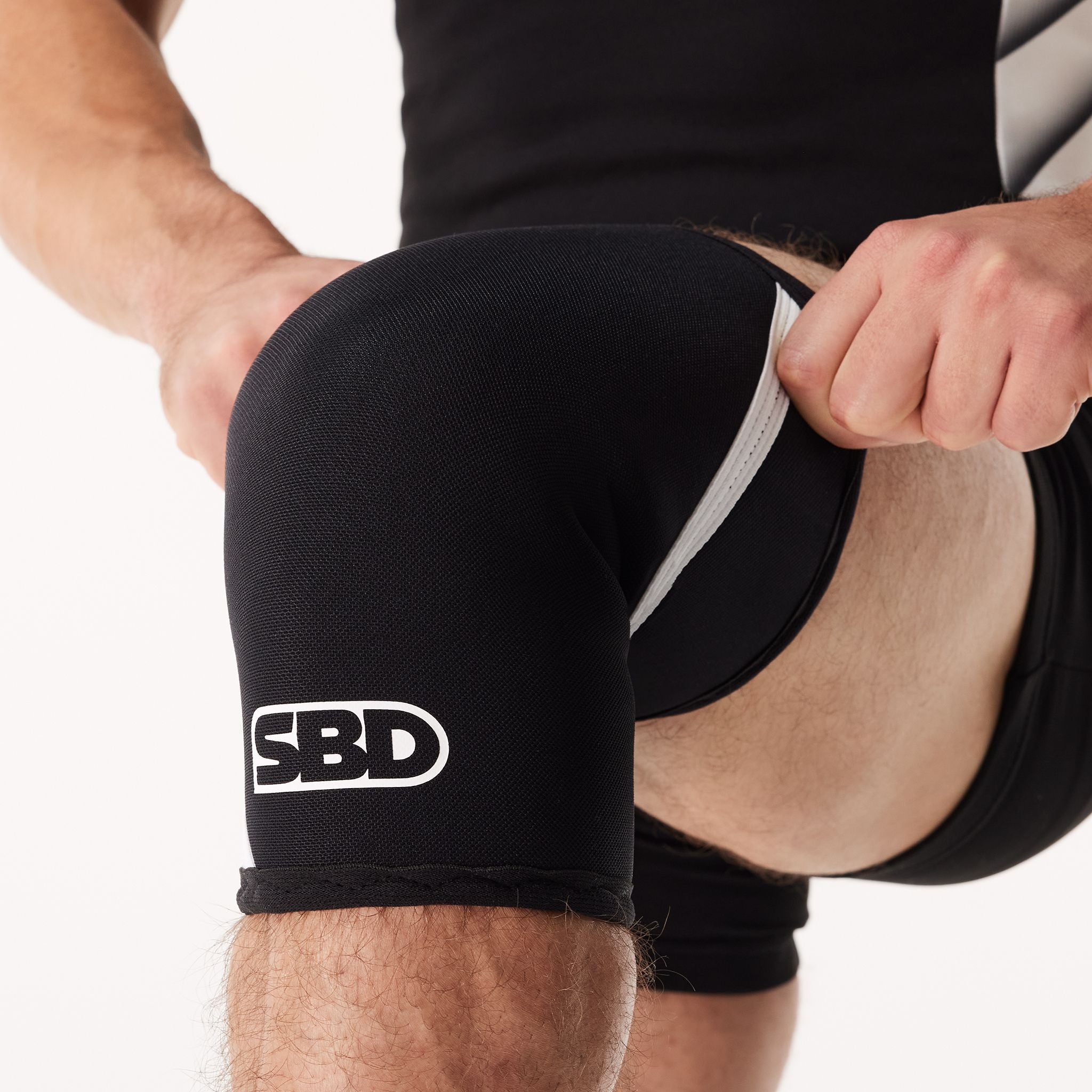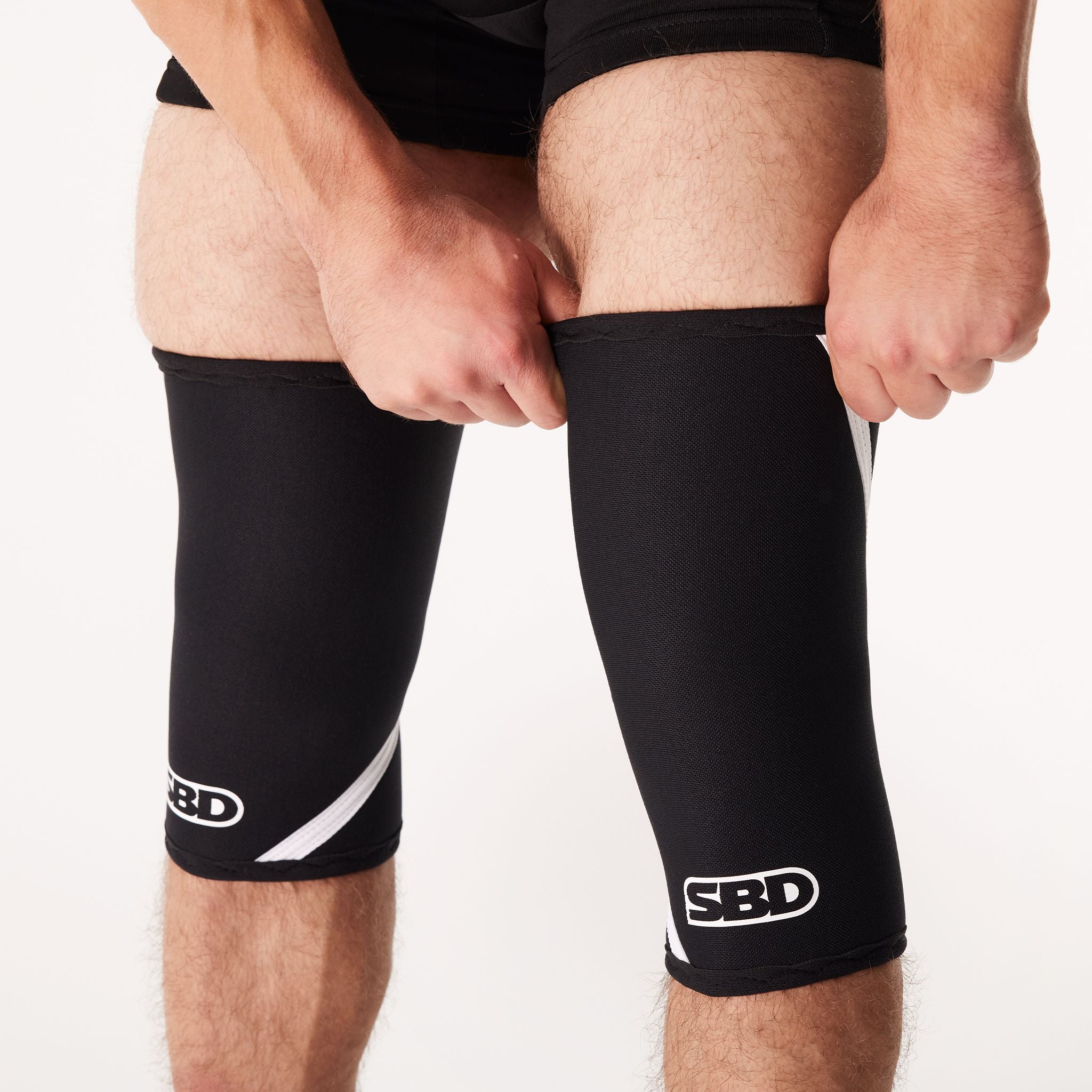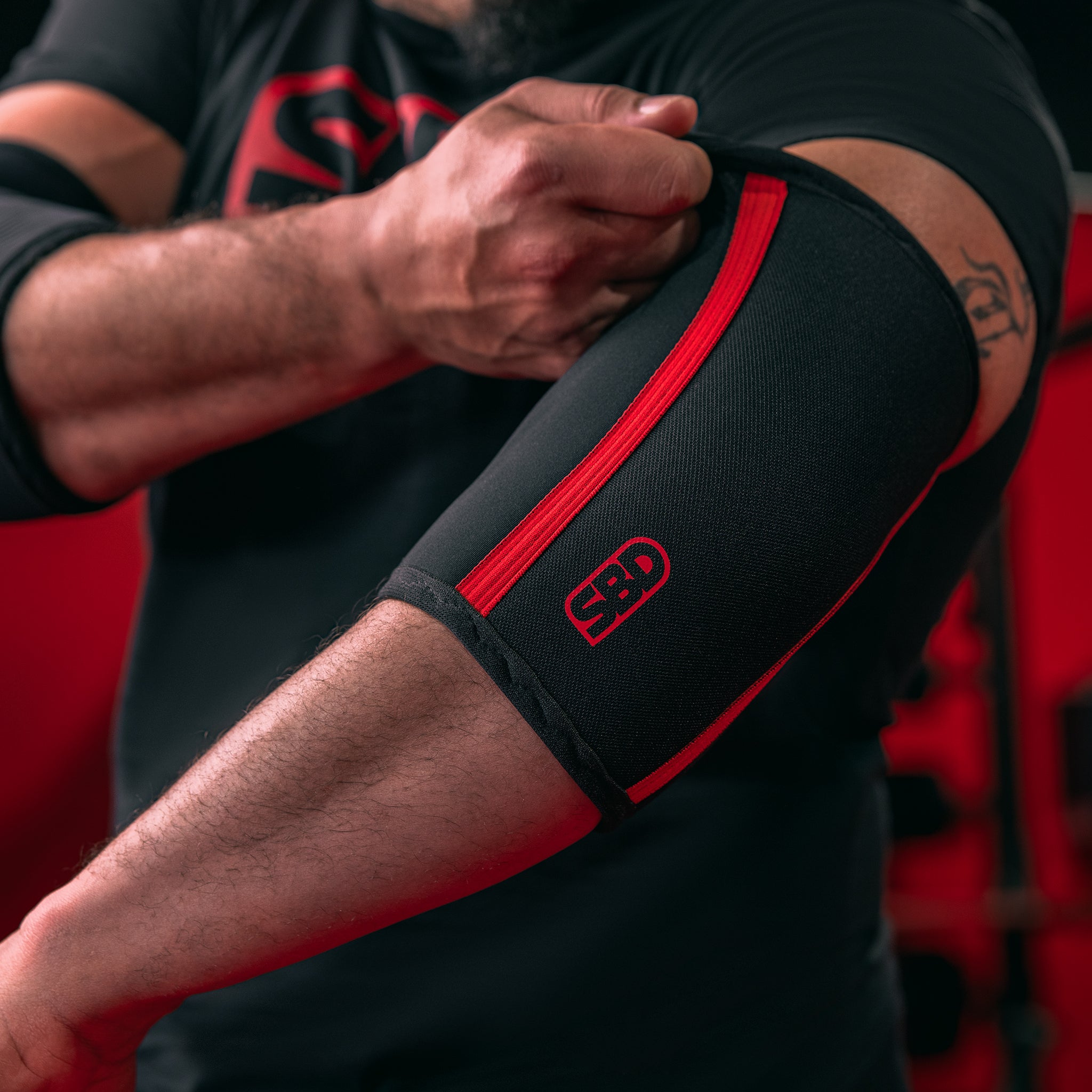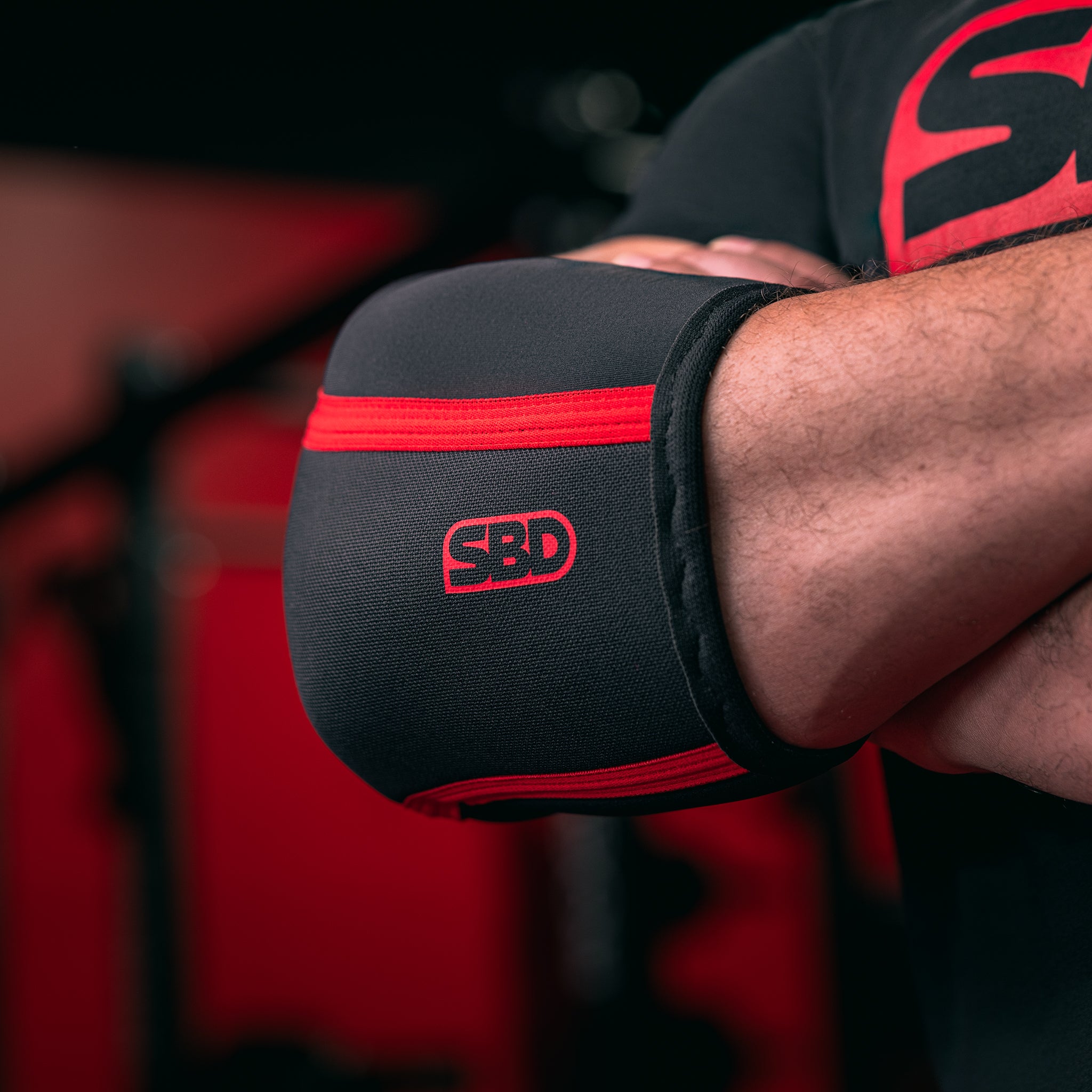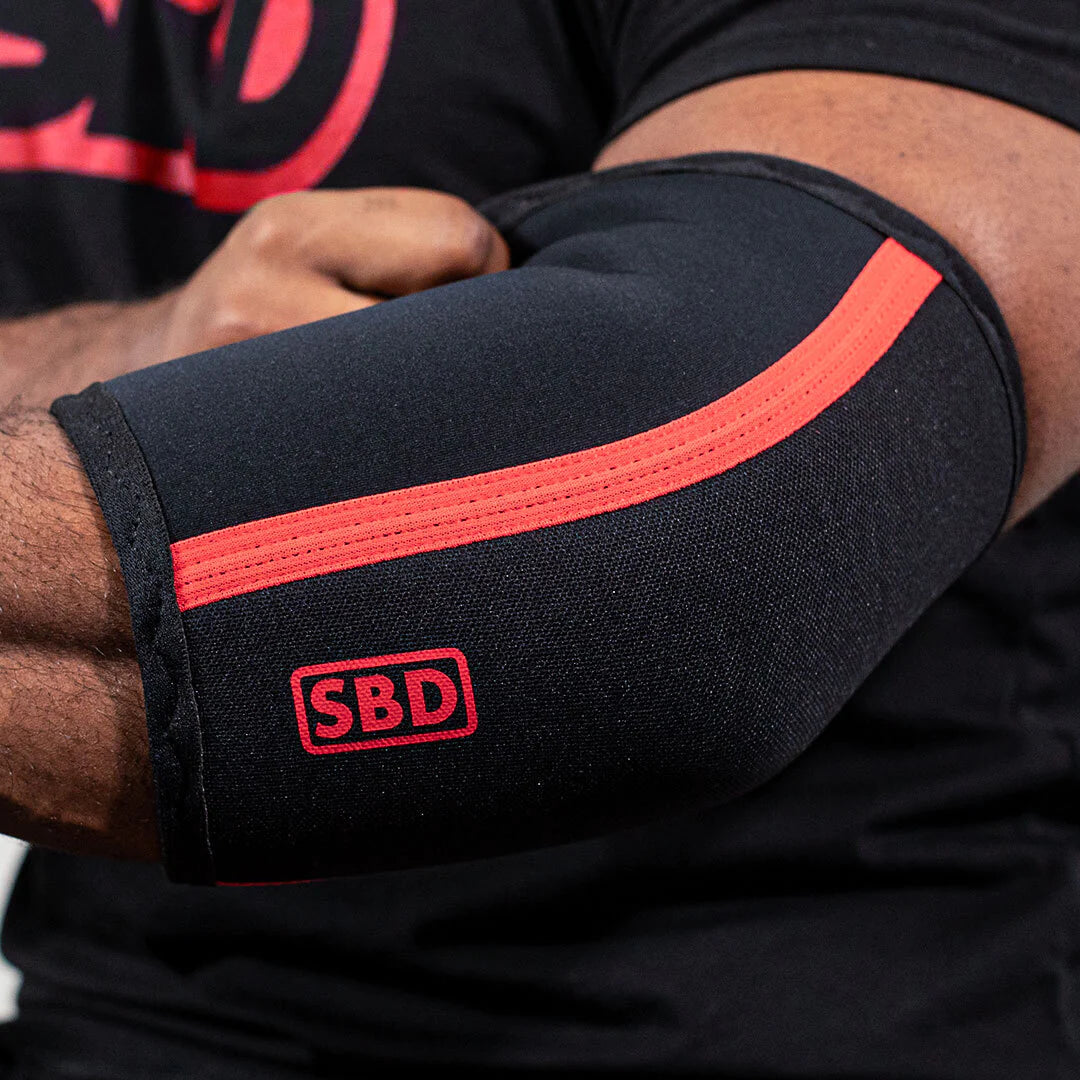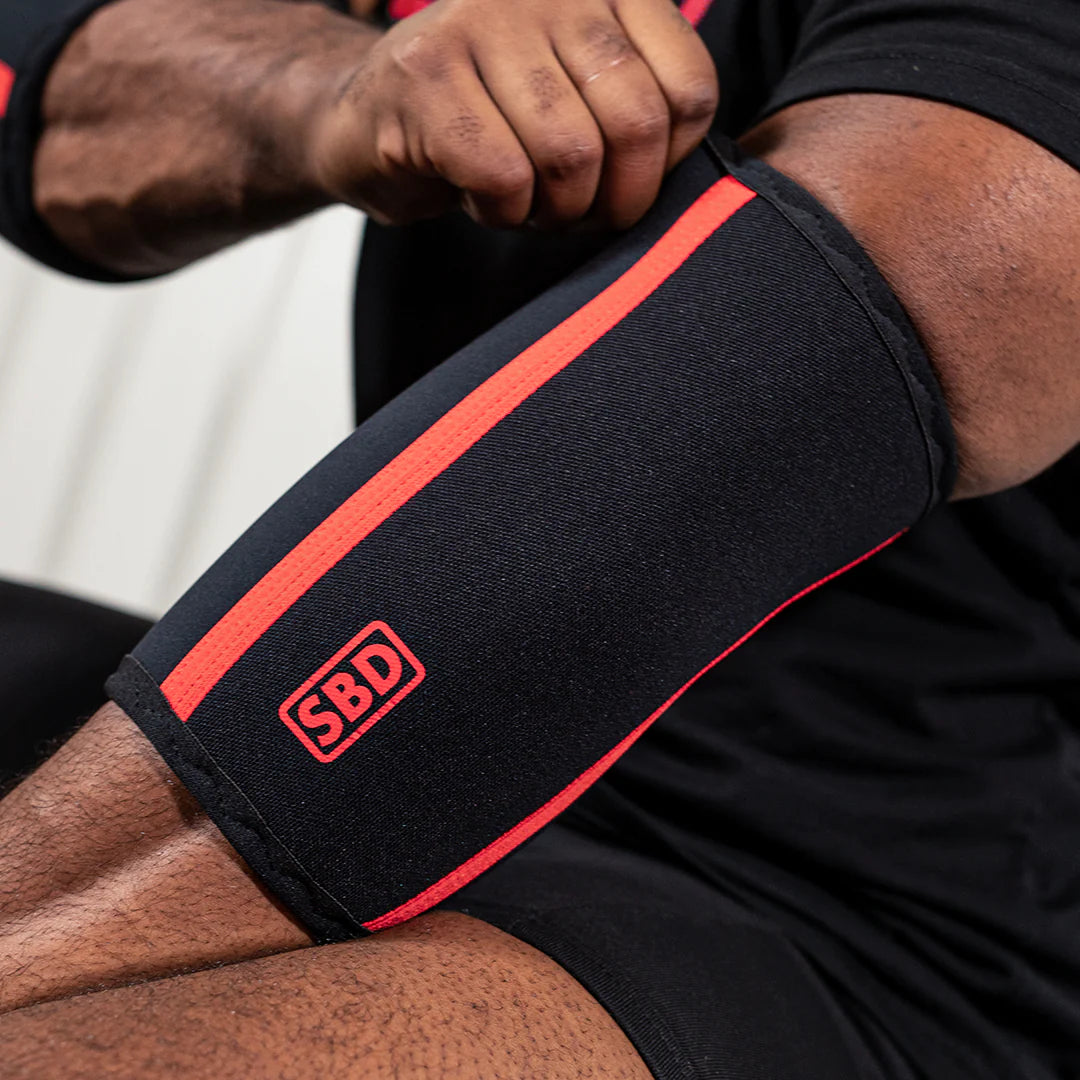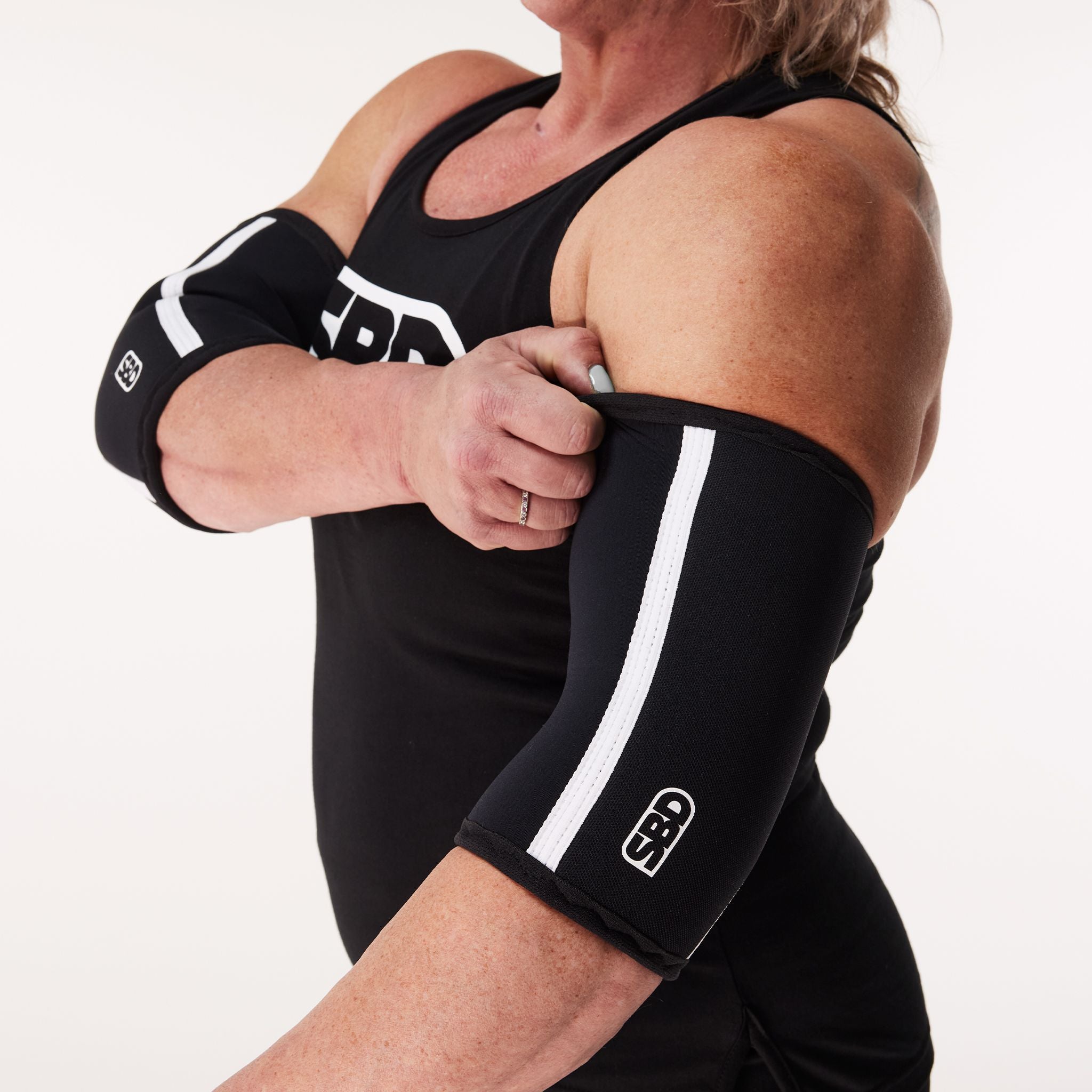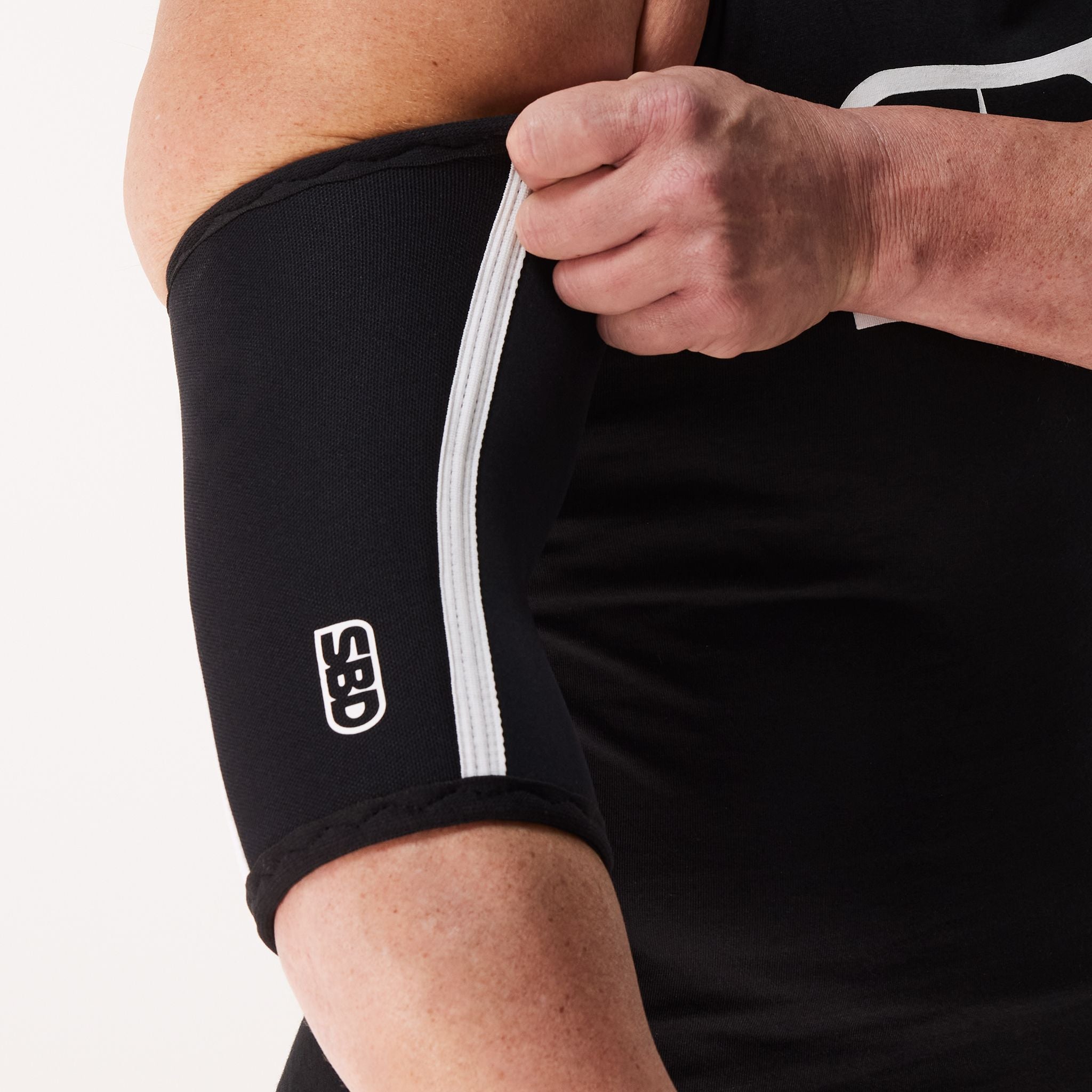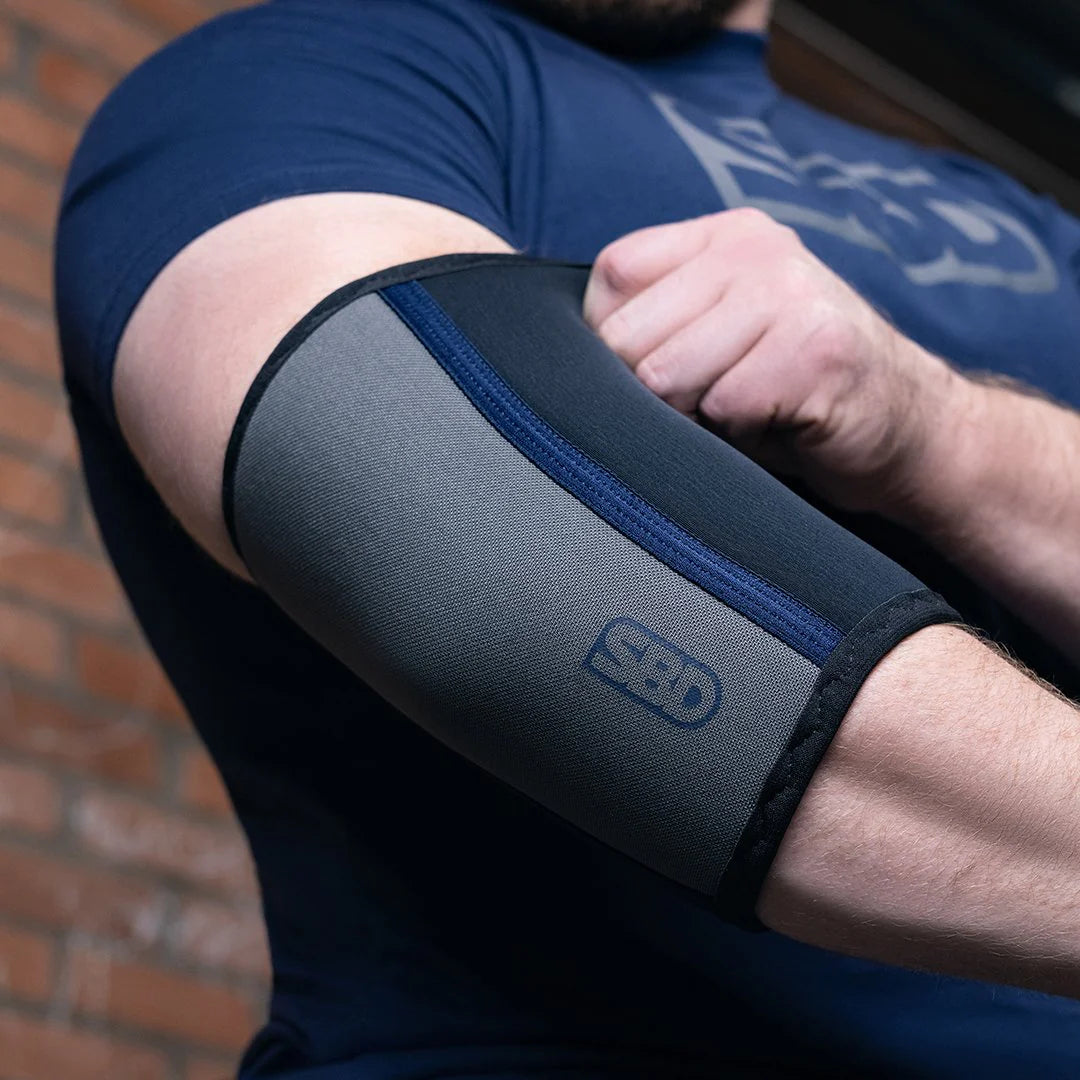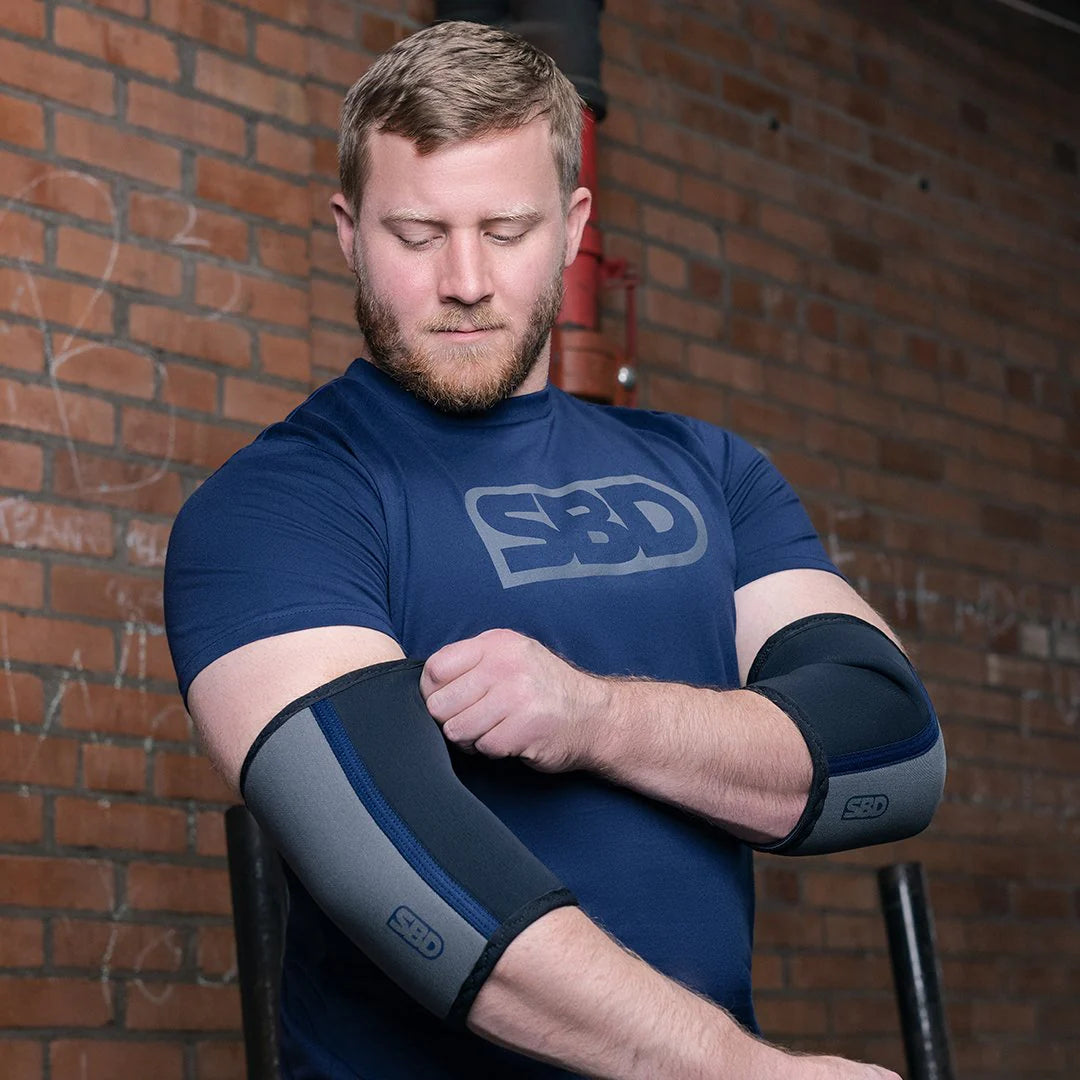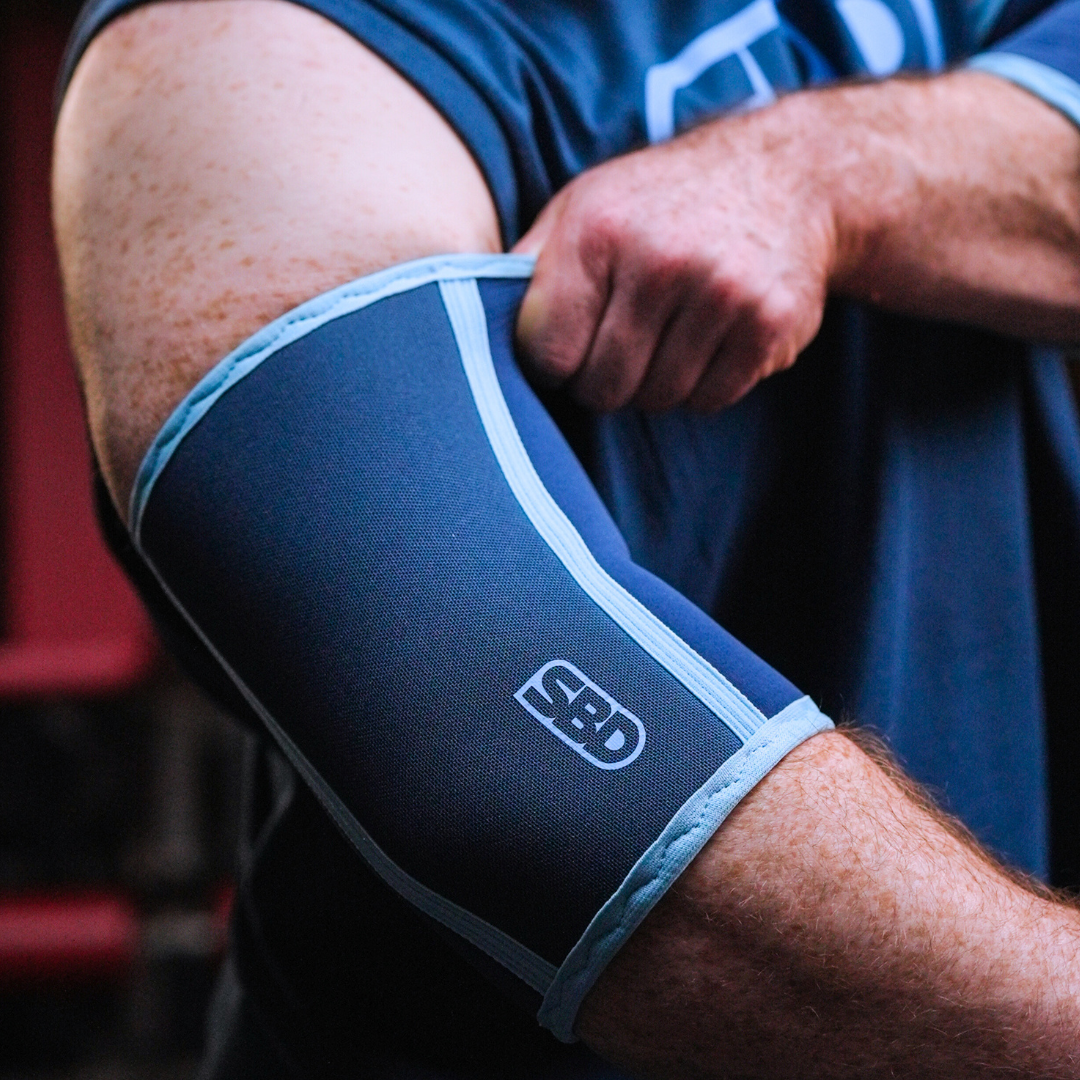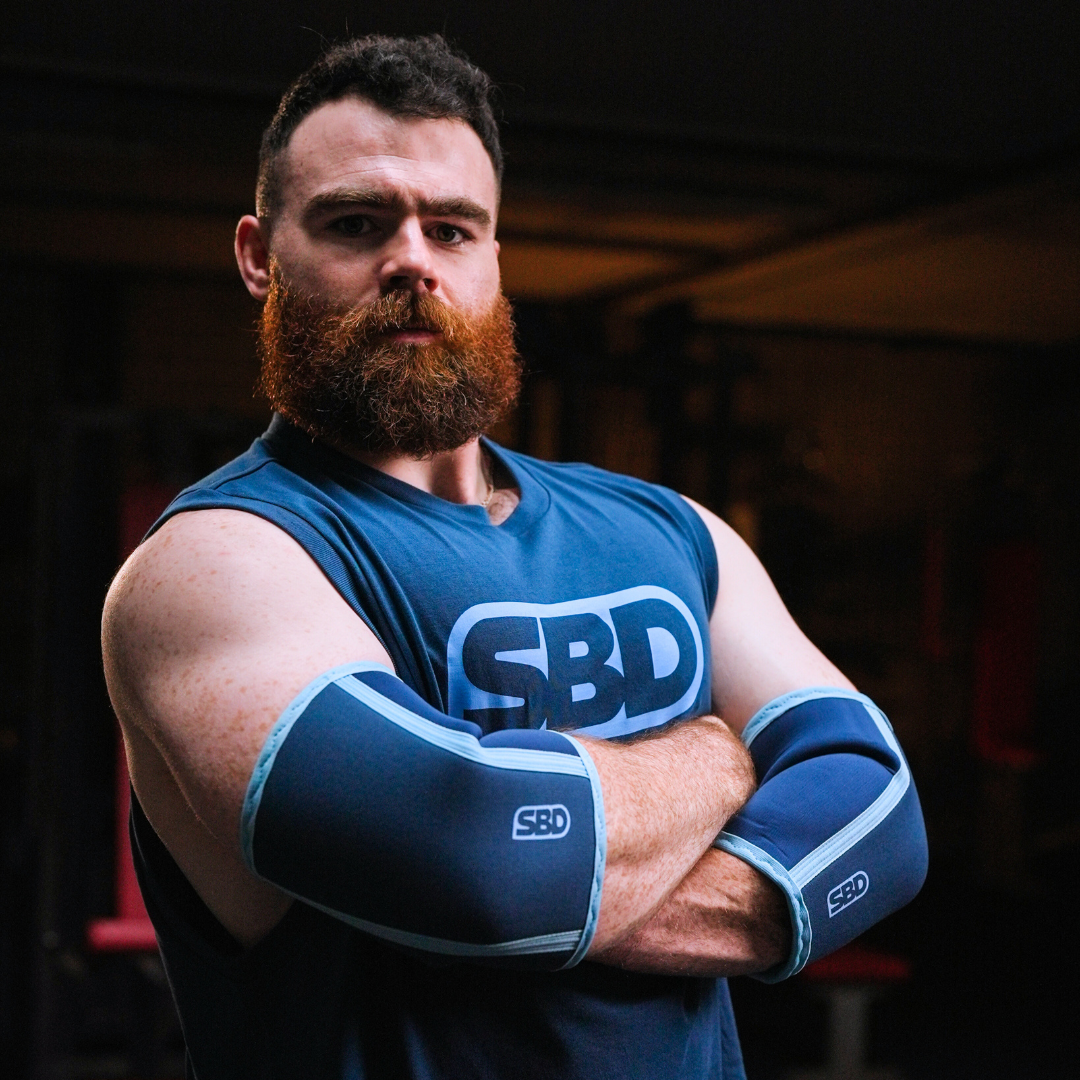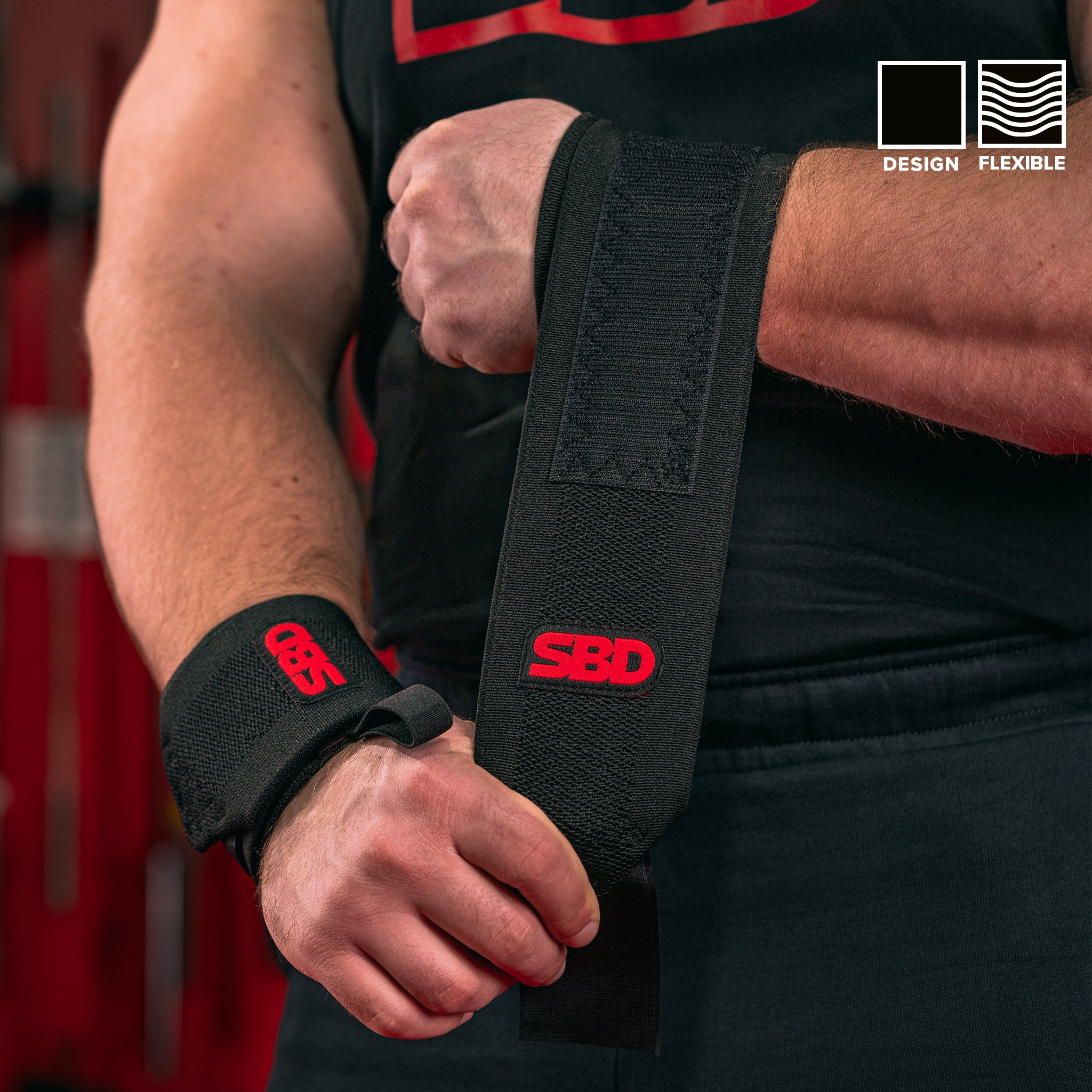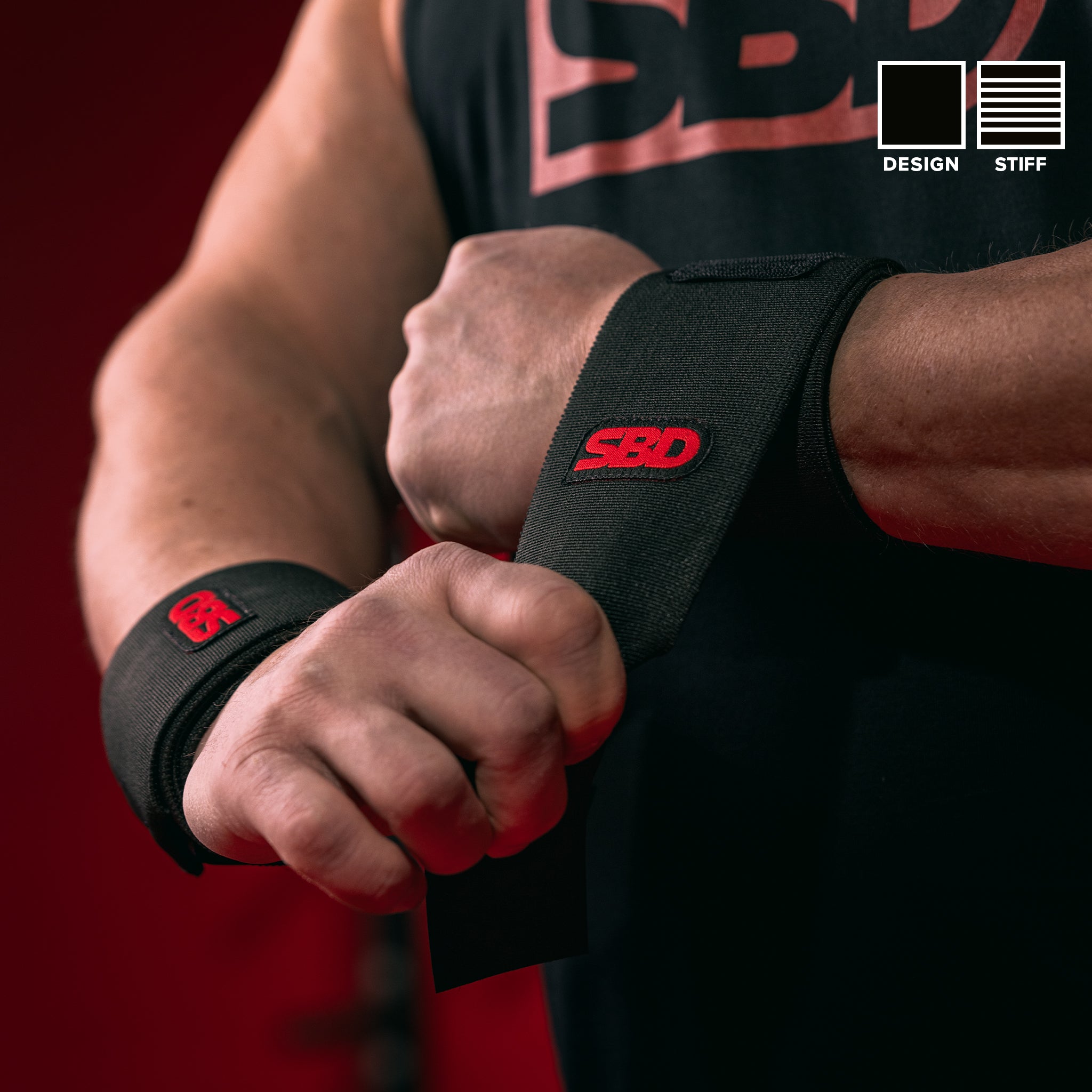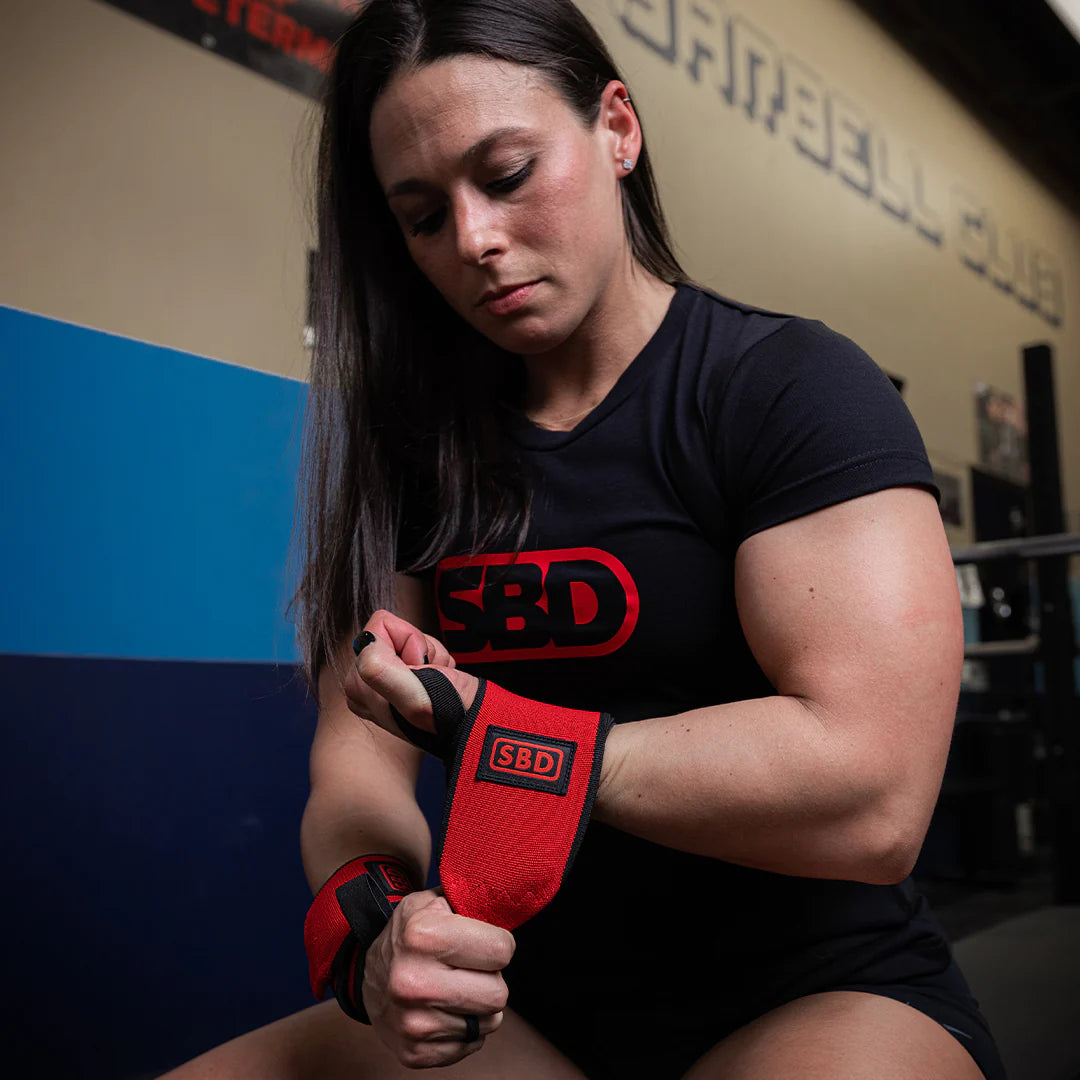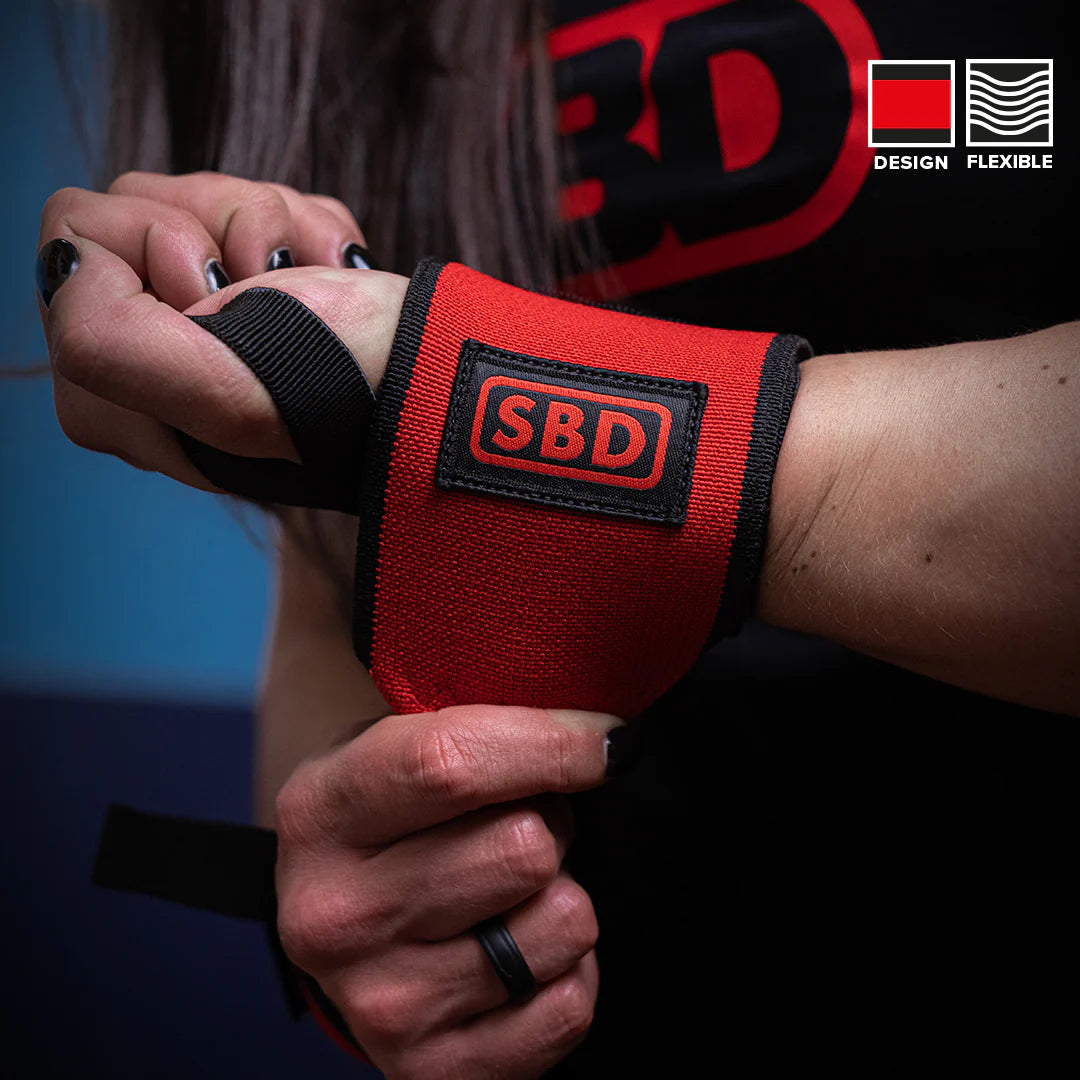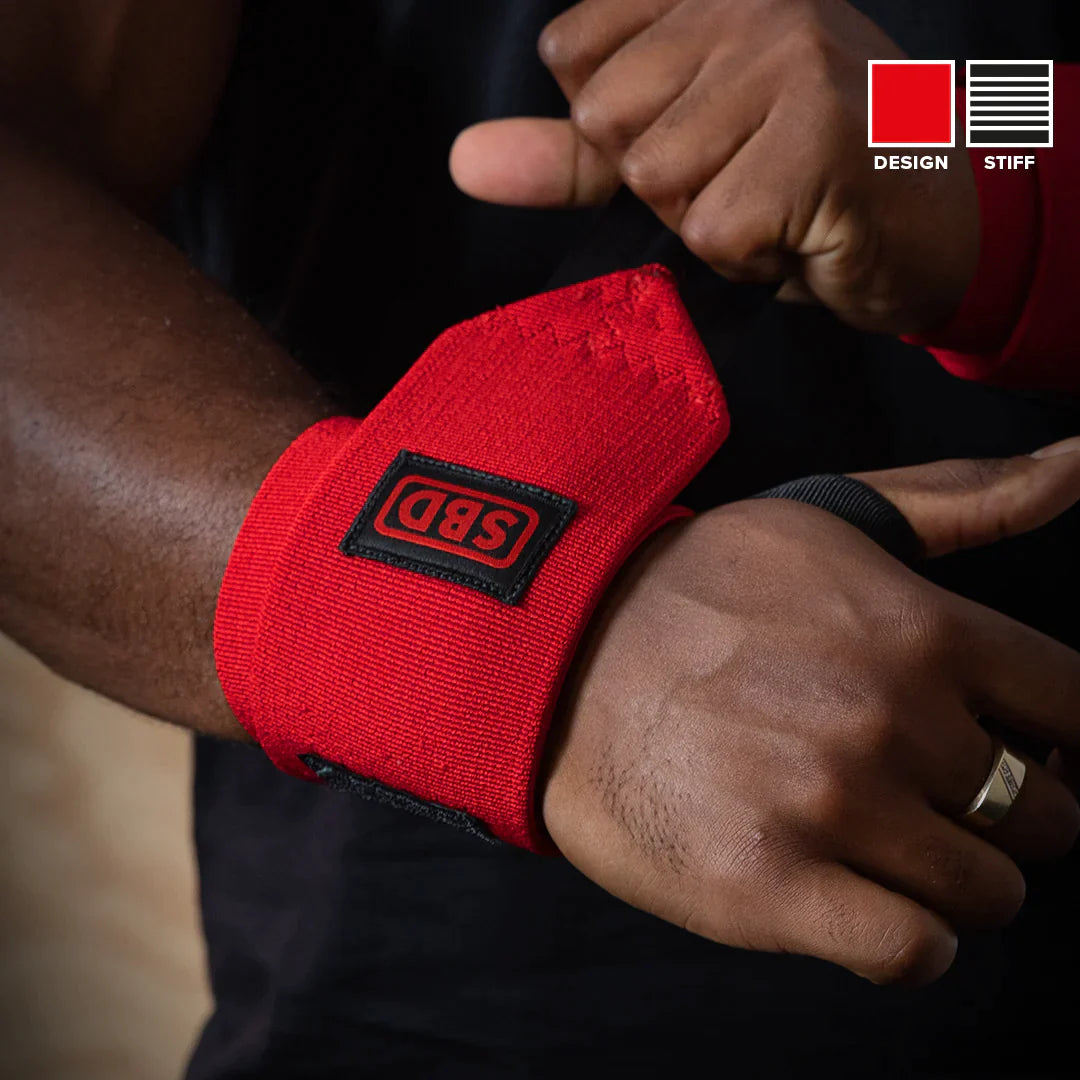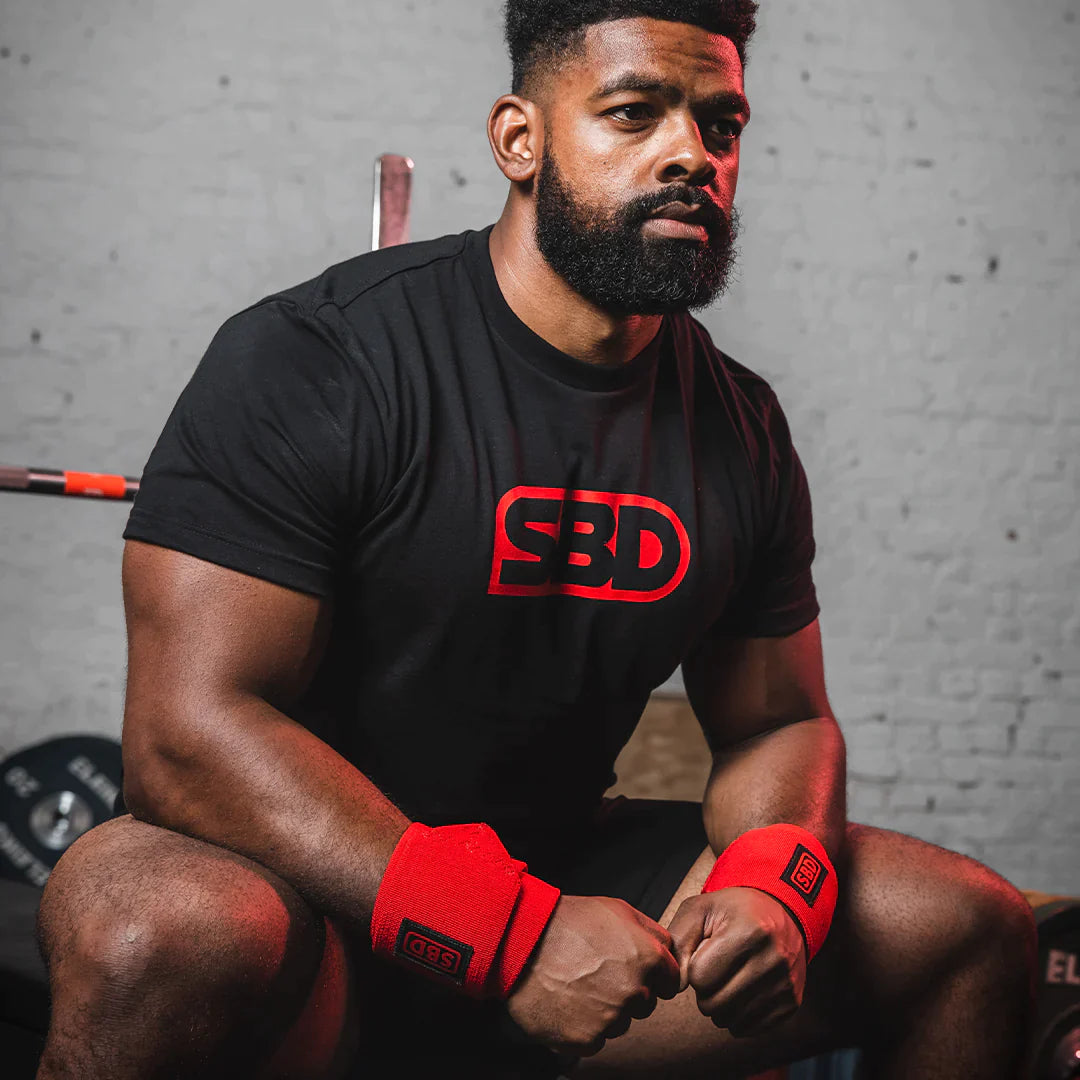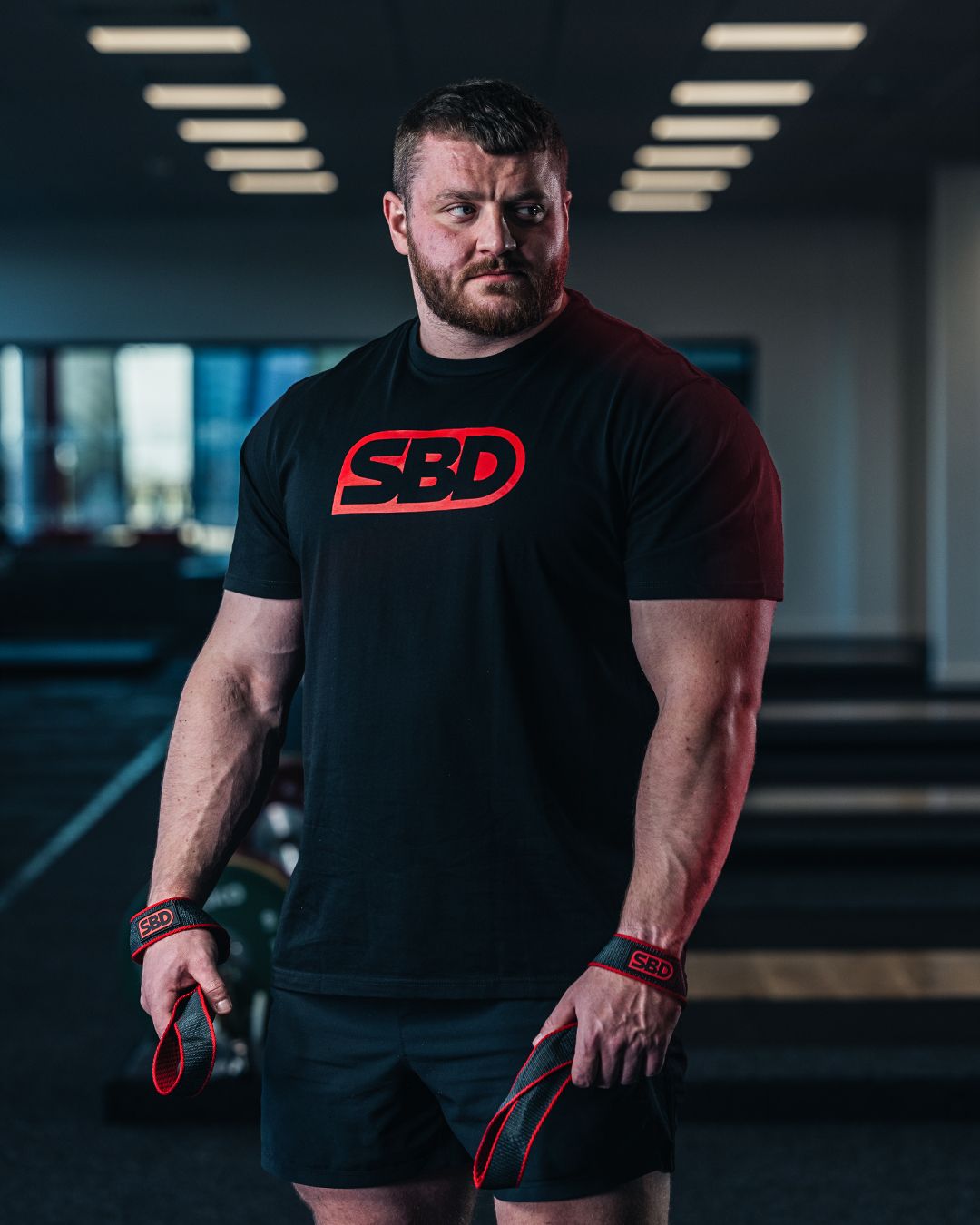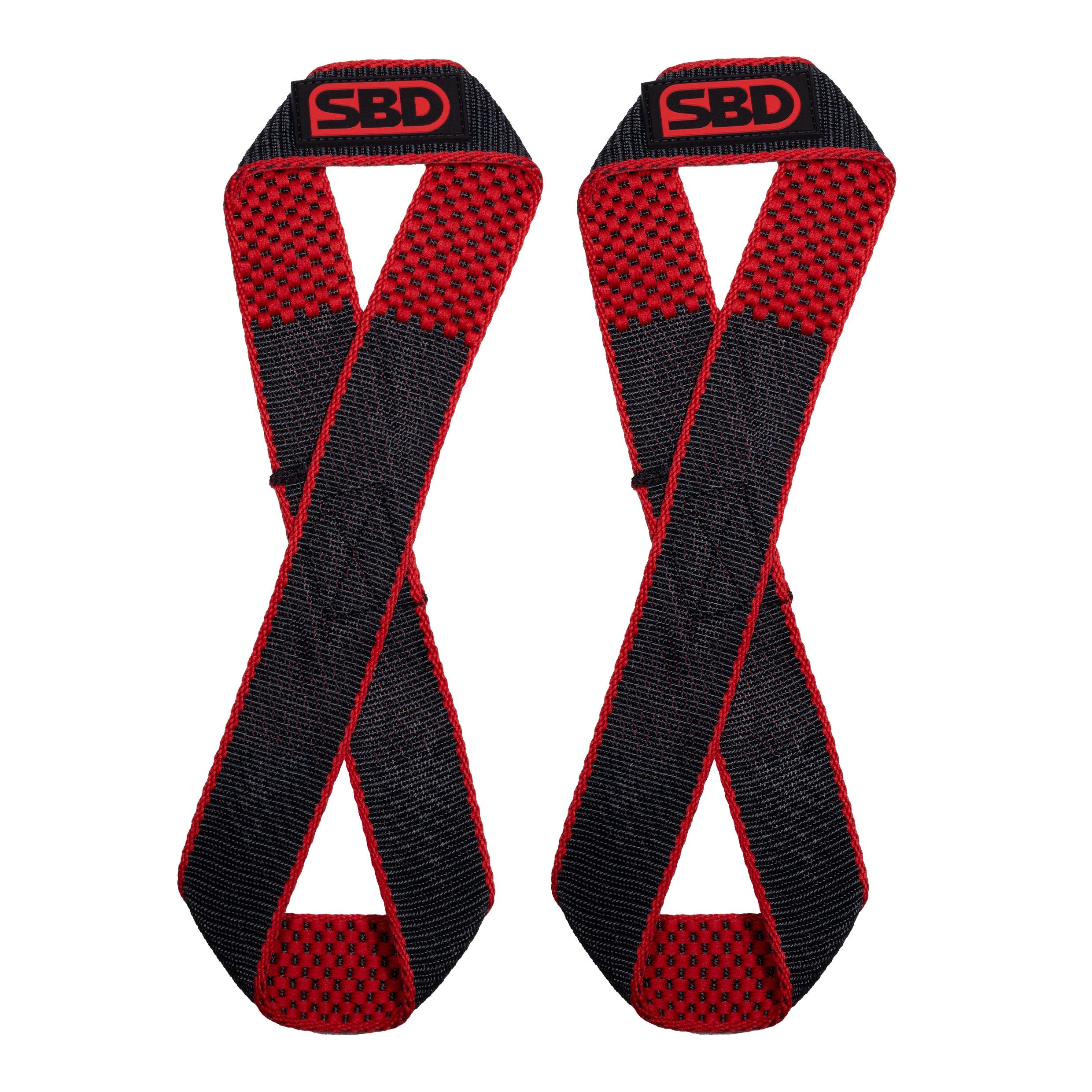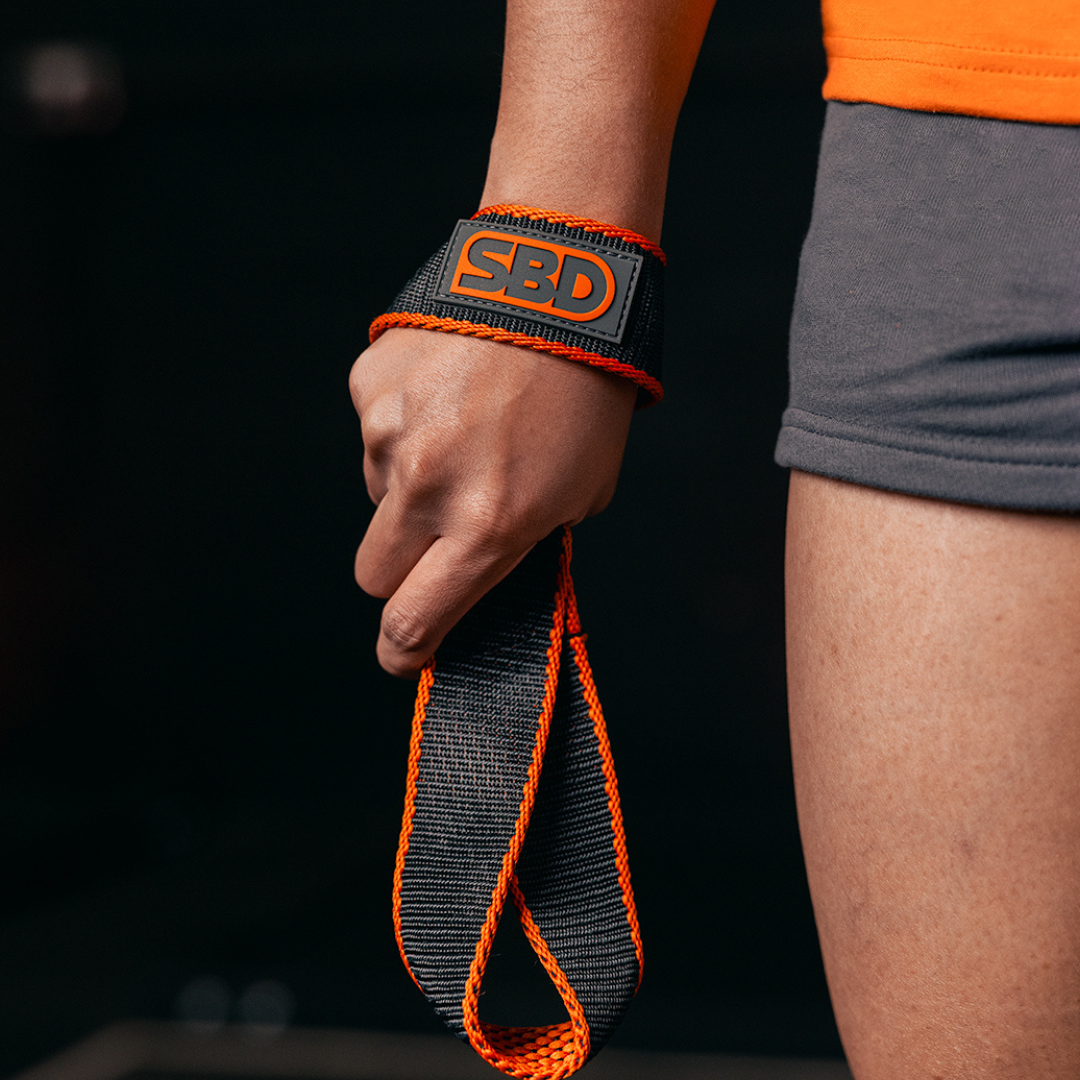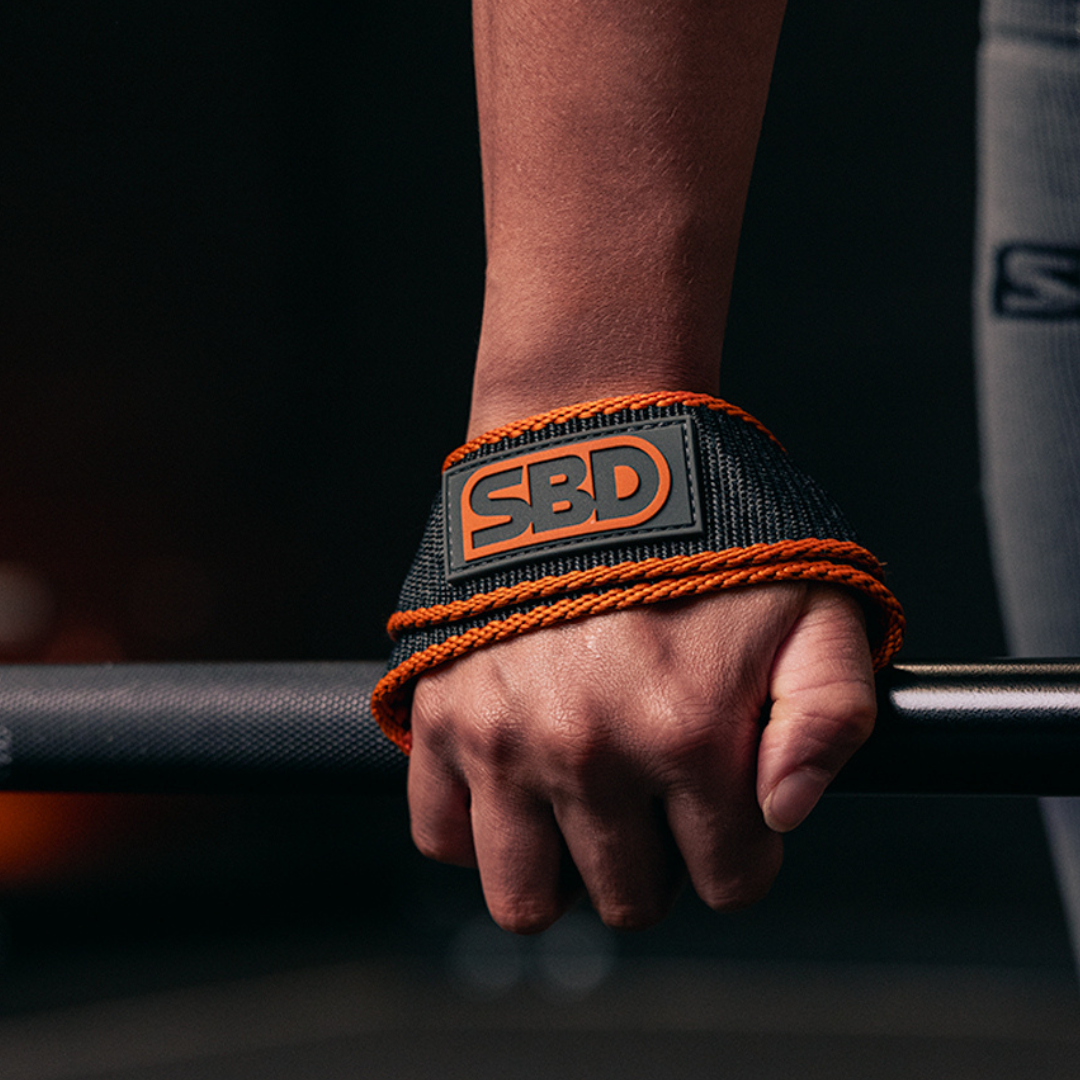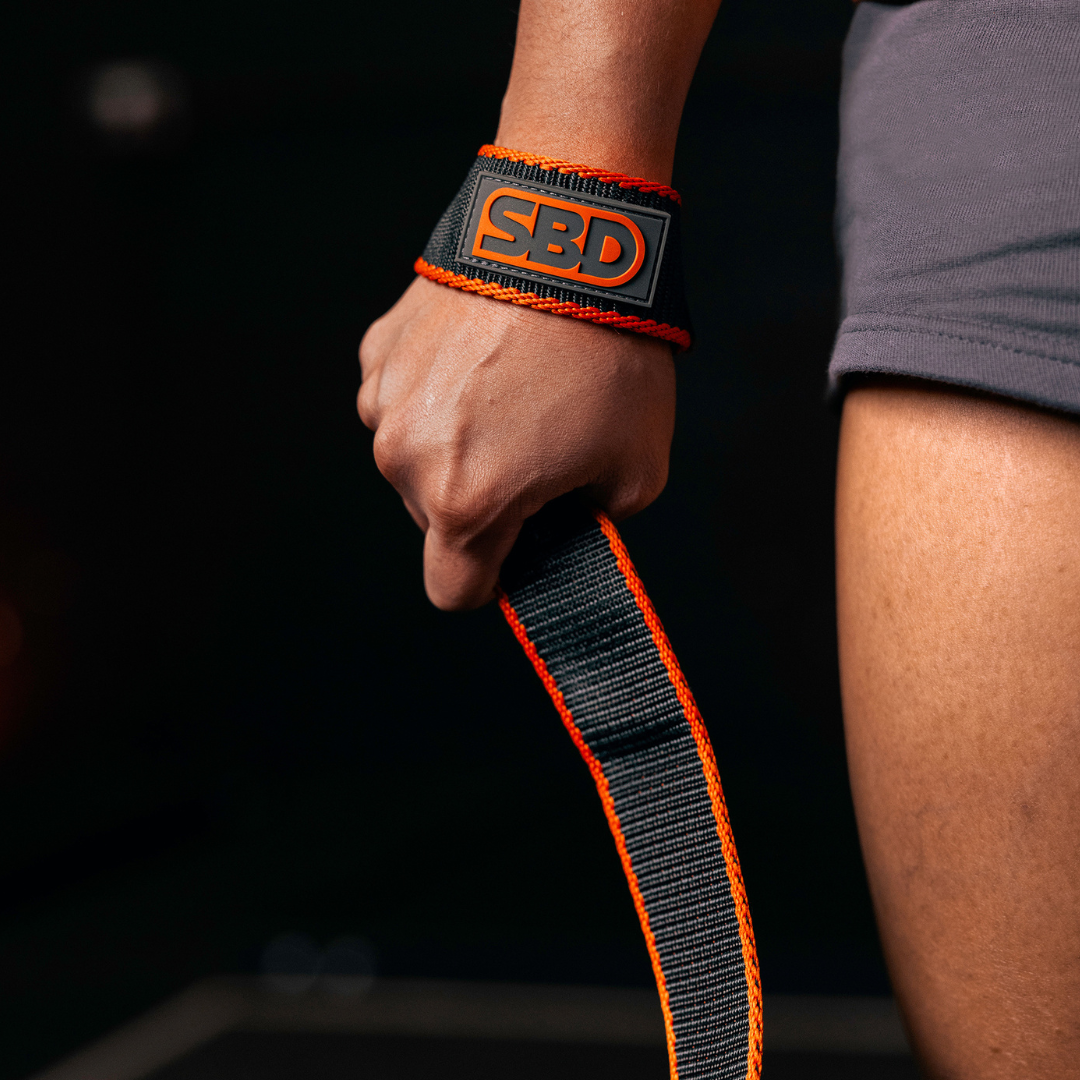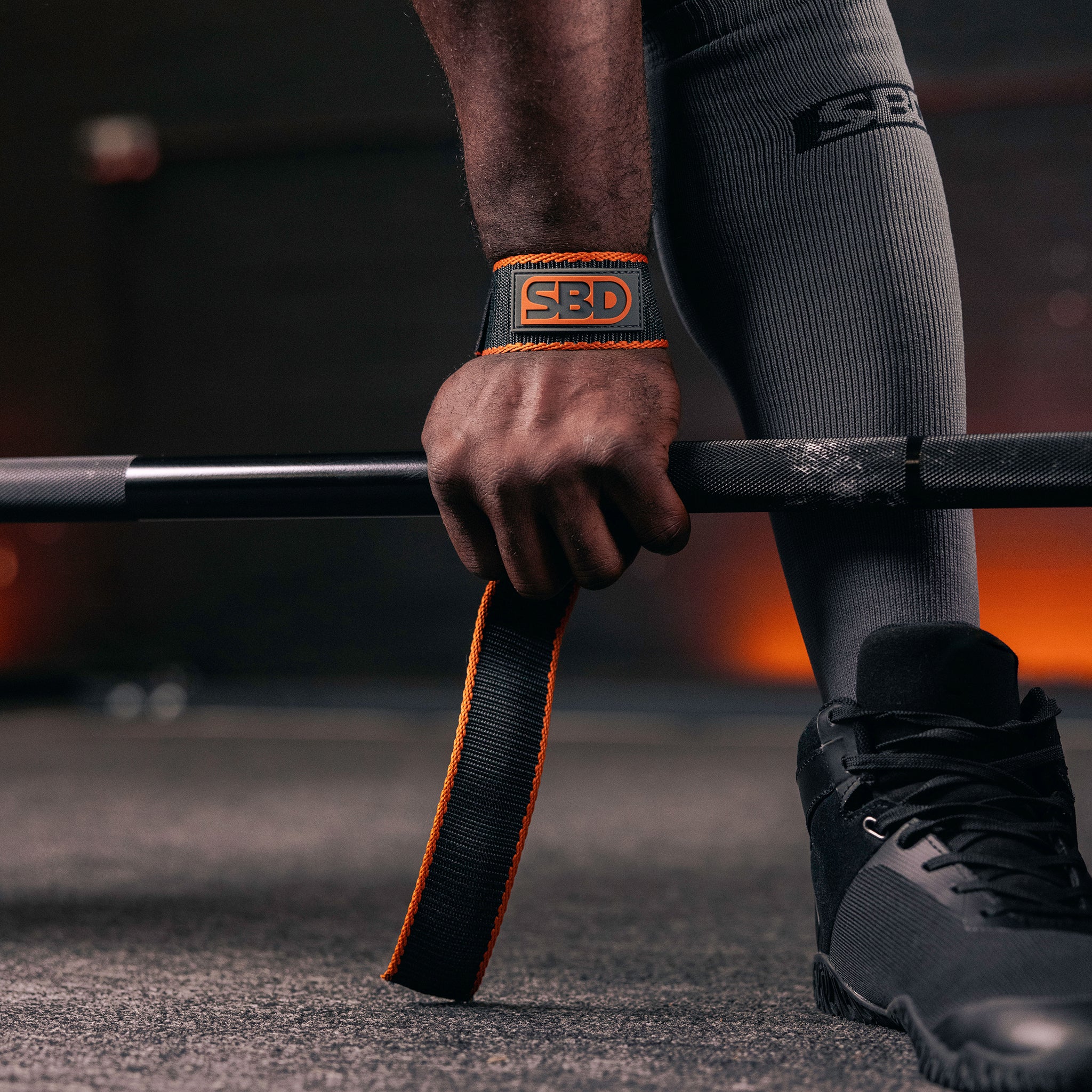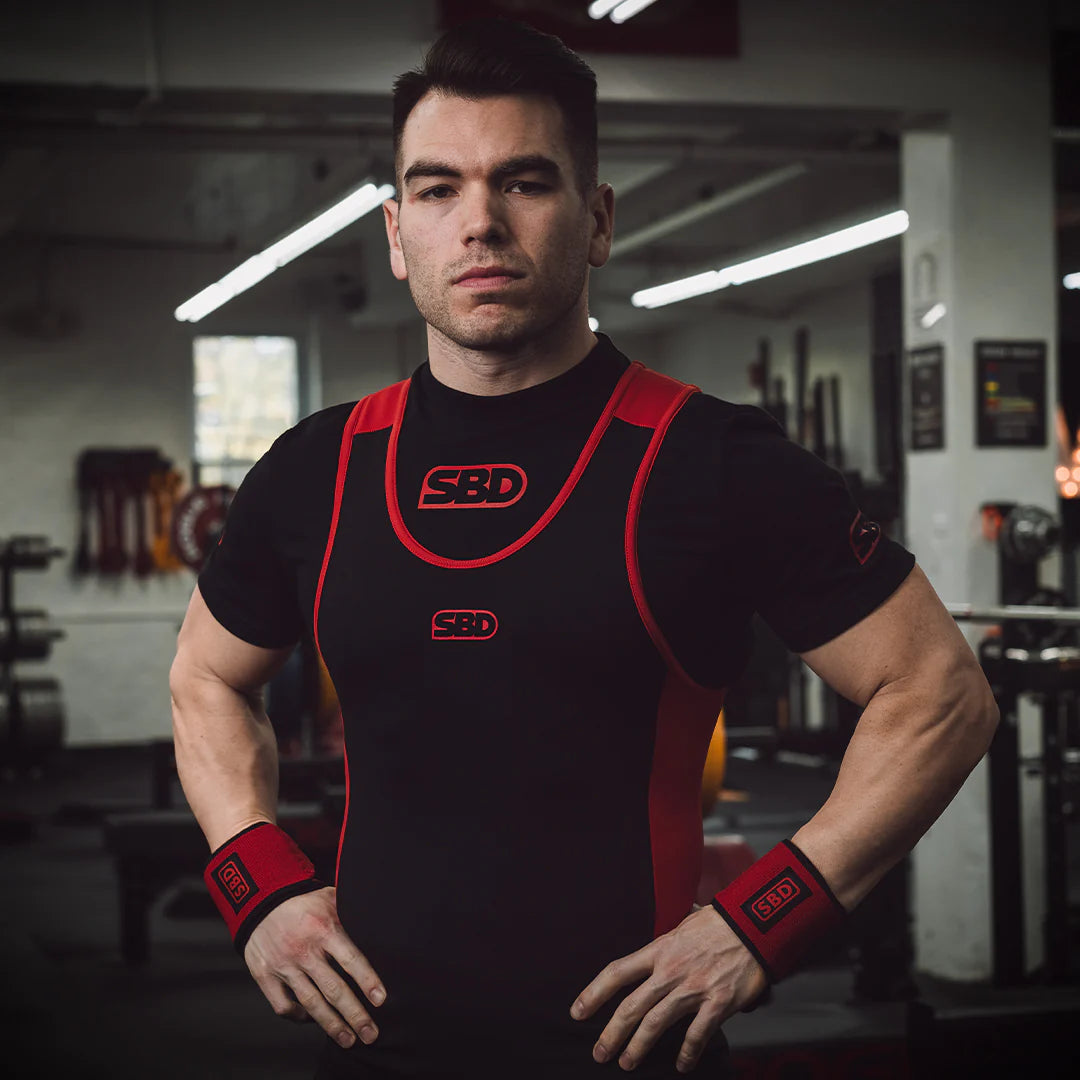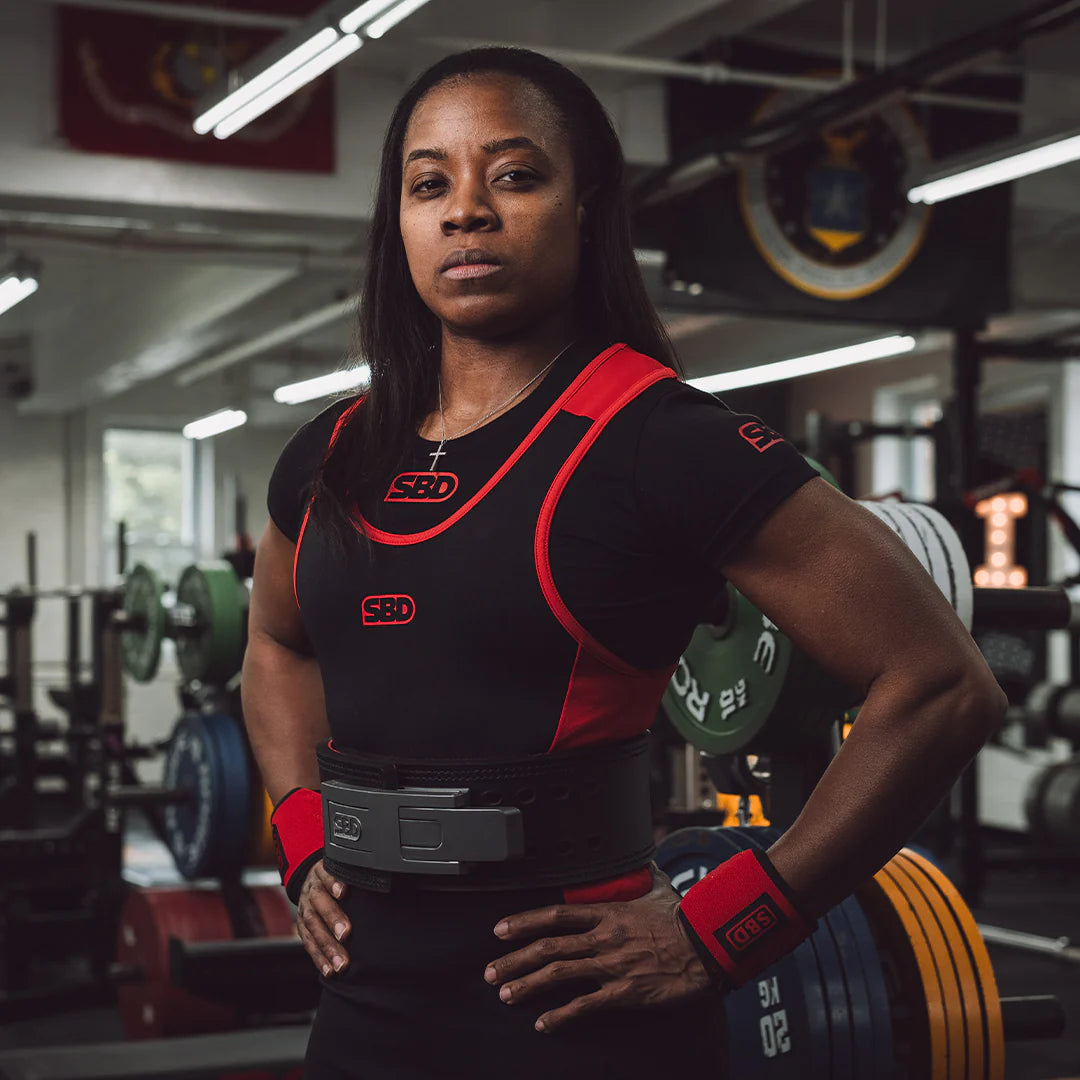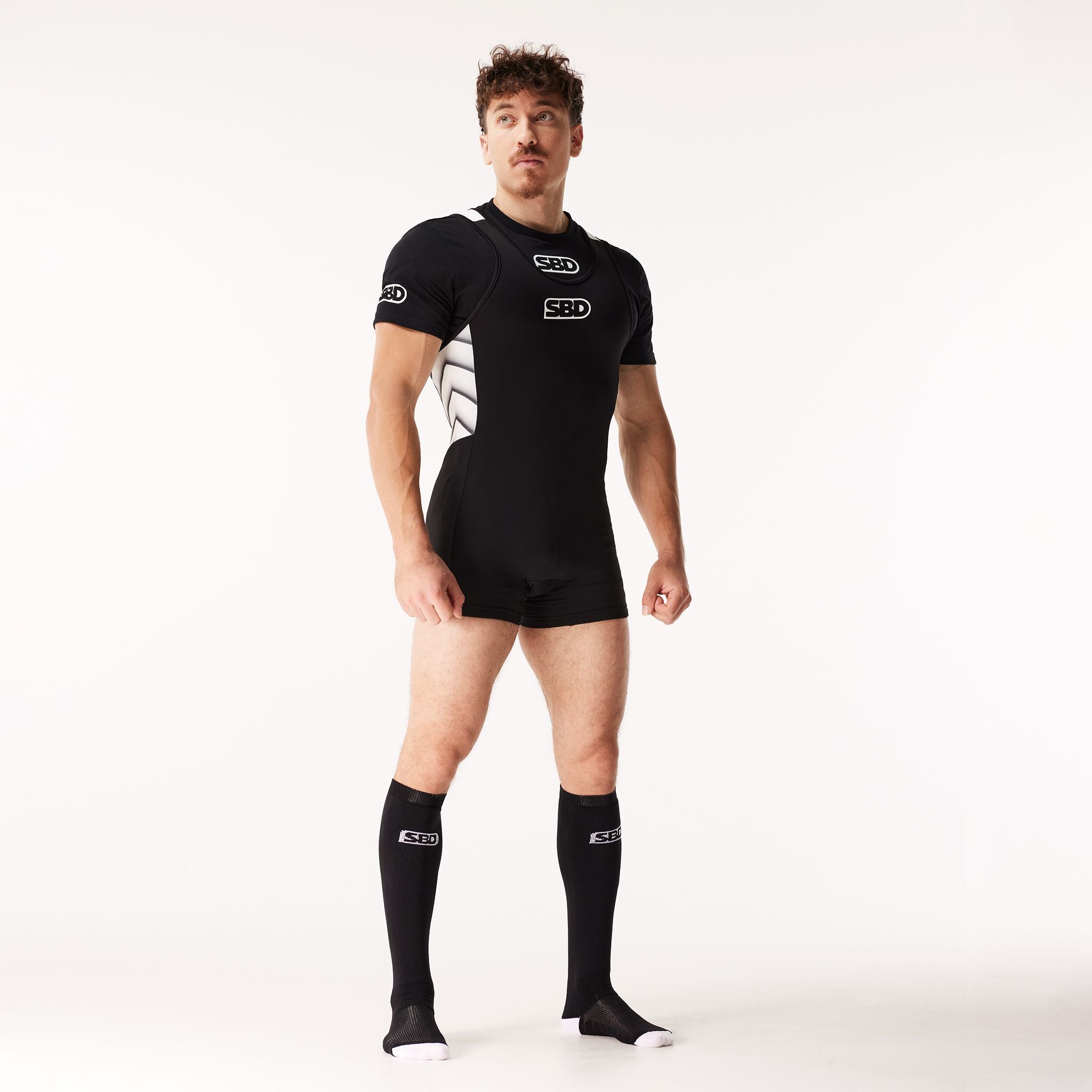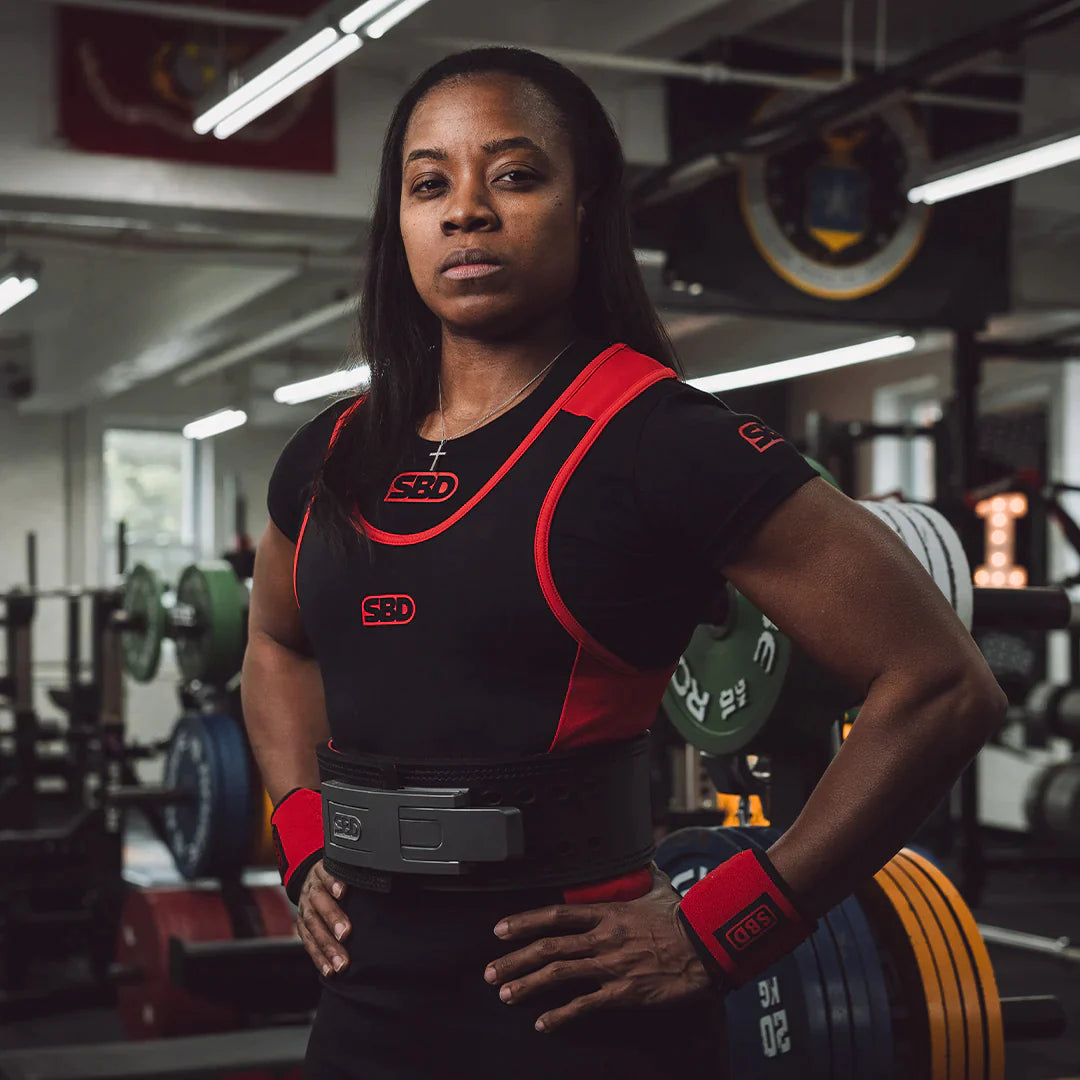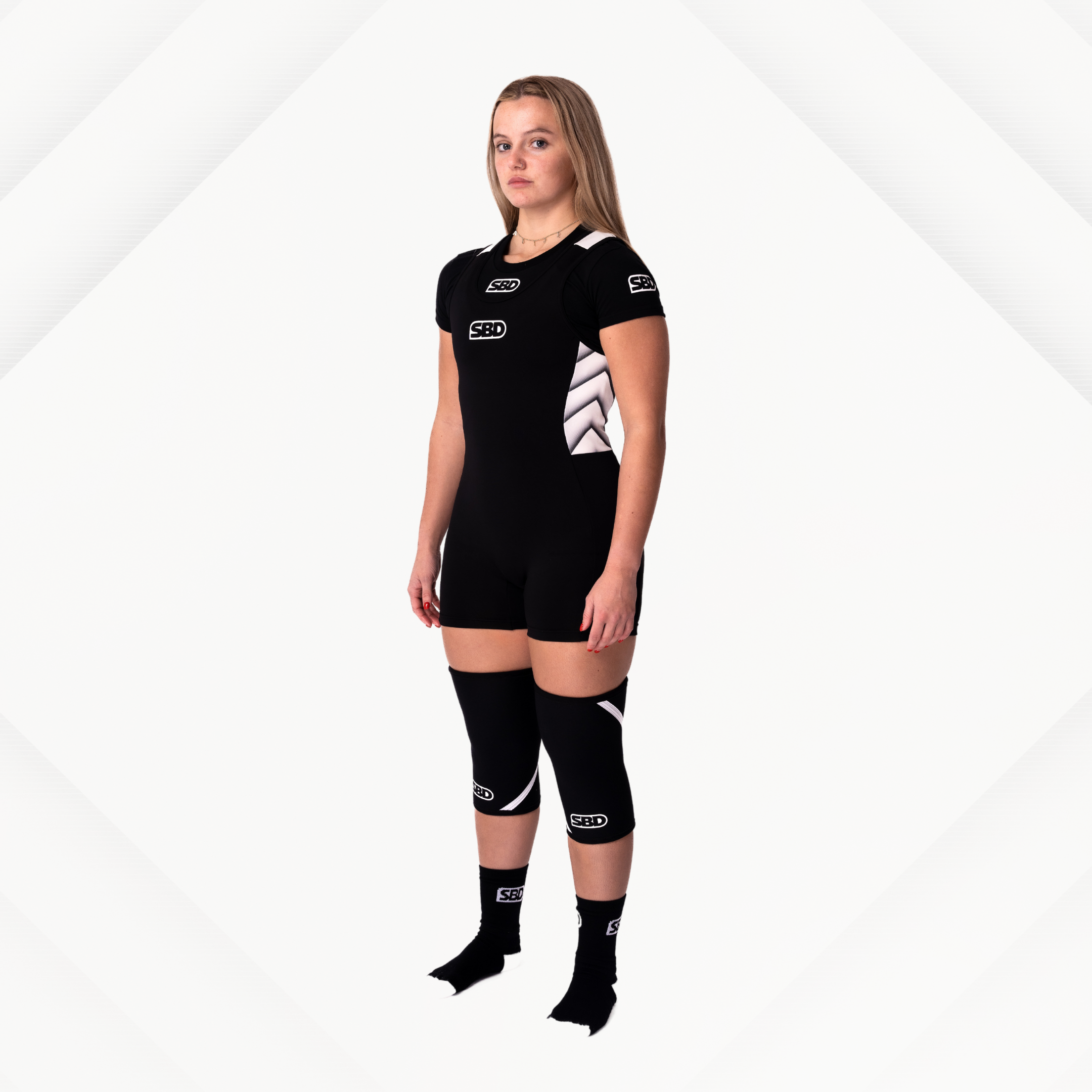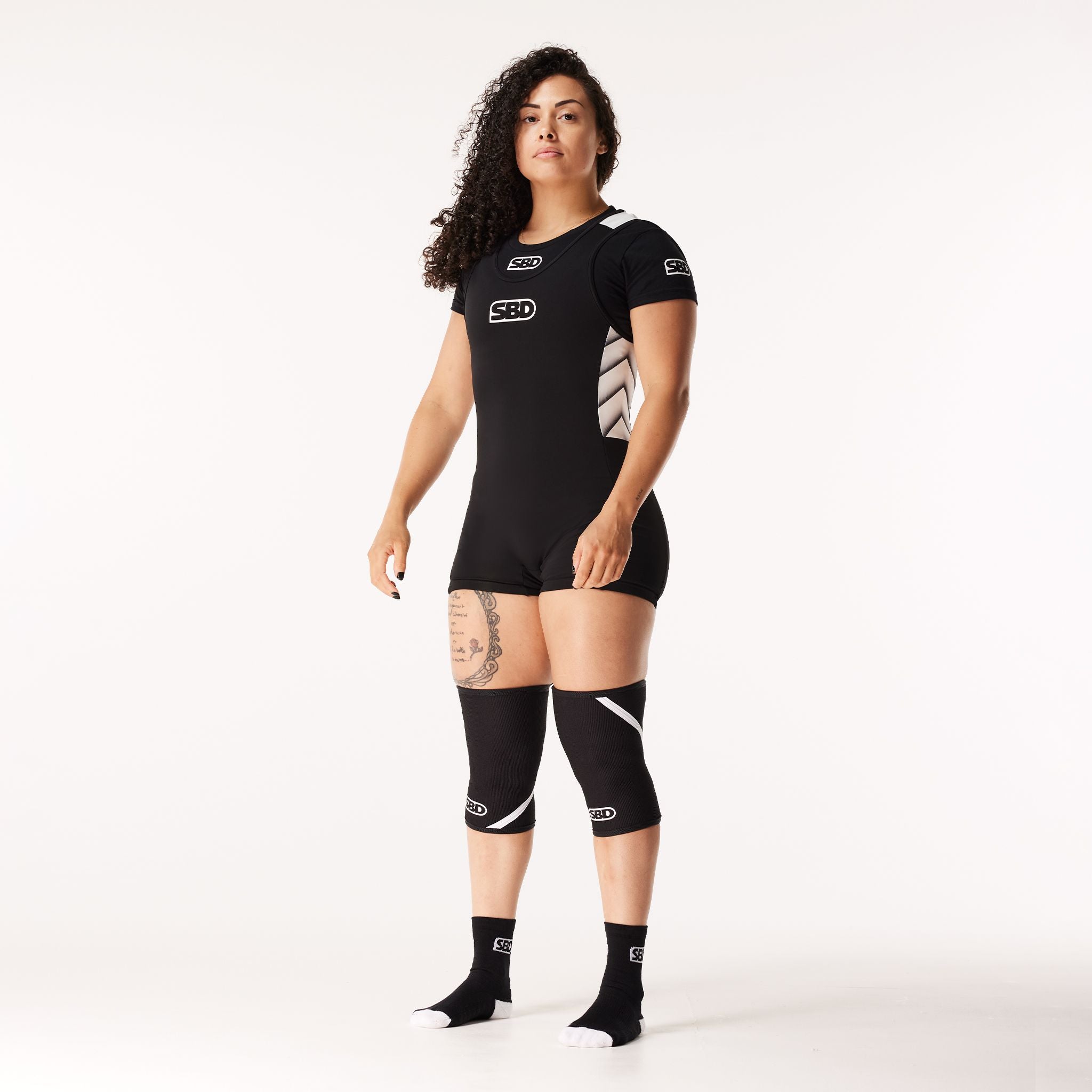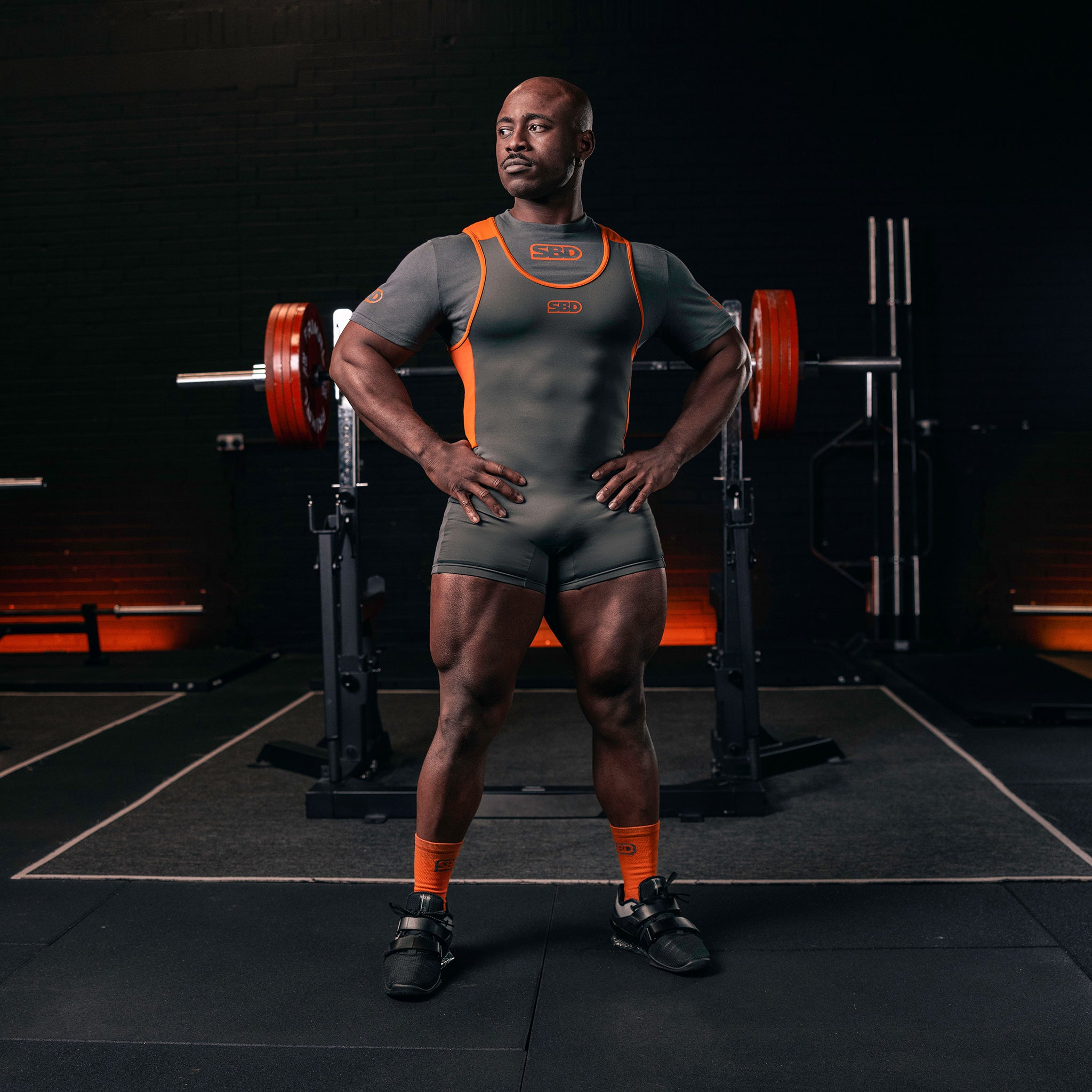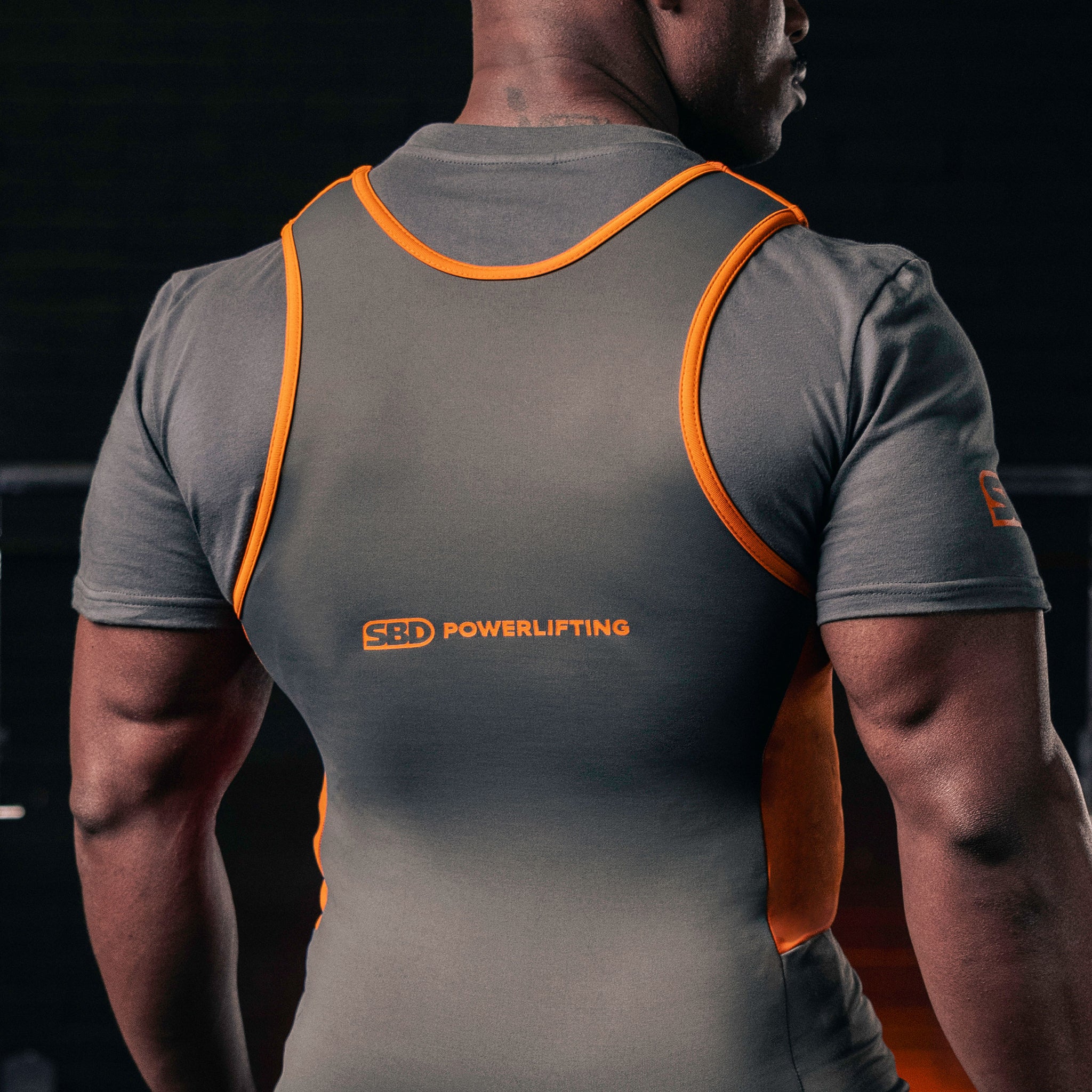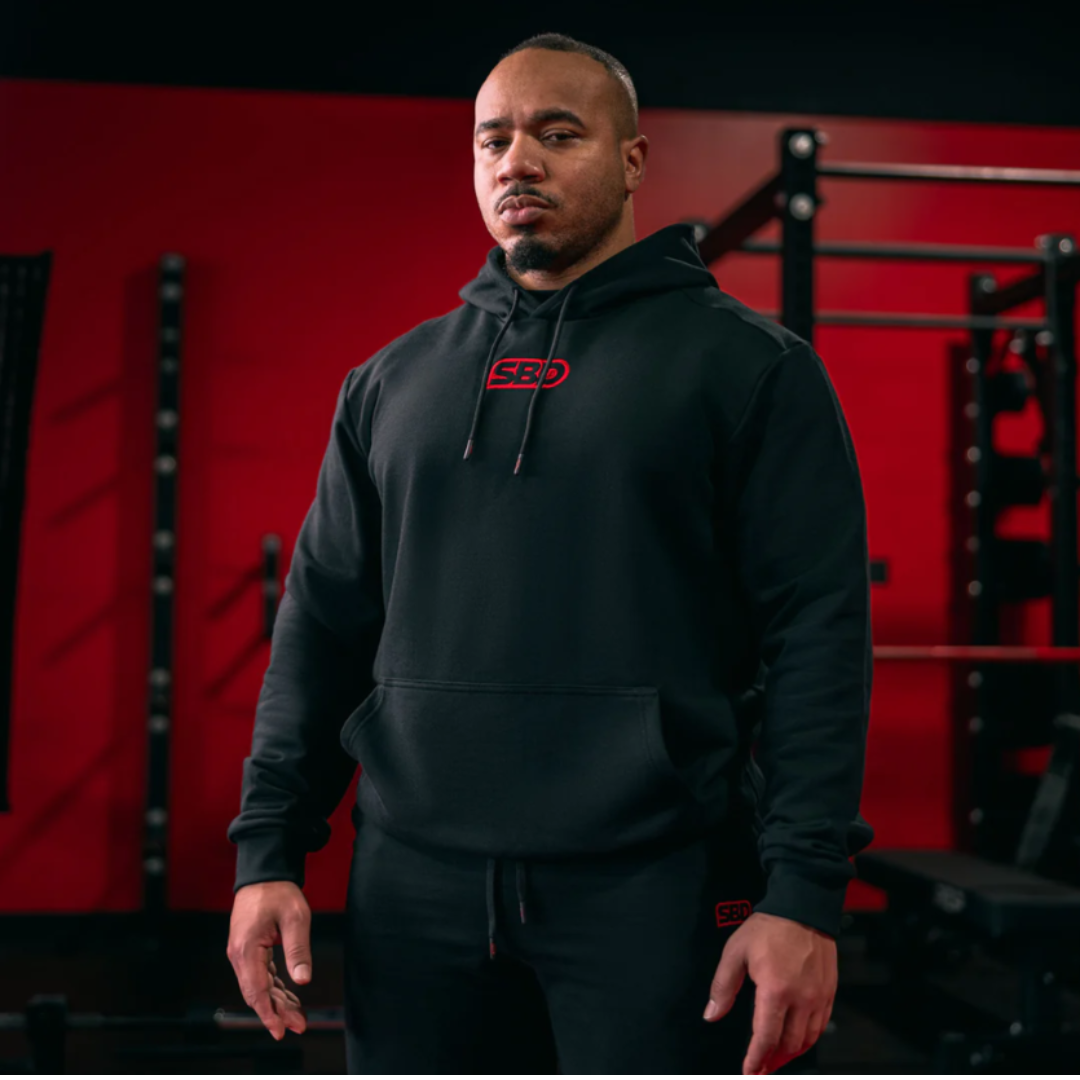The sumo deadlift is a popular variation of the traditional deadlift, offering unique benefits and challenges. This exercise targets the lower body and posterior chain while placing less strain on the lower back.
In this blog, we will explore the benefits of the sumo deadlift compared to the conventional deadlift, provide detailed instructions on how to perform it correctly, and offer tips for maximising your workouts.
Benefits of the Sumo Deadlift
-
Reduced Lower Back Strain: The sumo stance allows for a more upright torso, reducing the stress on the lower back. This makes it a safer option for individuals with lower back issues.
-
Greater Hip and Glute Engagement: The wider stance and outward foot positioning of the sumo deadlift place more emphasis on the hips and glutes, promoting greater strength and development in these areas.
-
Improved Range of Motion: The sumo deadlift typically has a shorter range of motion compared to the conventional deadlift. This can allow lifters to handle heavier weights and can be beneficial for powerlifting.
-
Better Leverage for Certain Body Types: Individuals with longer torsos and shorter limbs may find the sumo deadlift more comfortable and efficient due to the improved leverage provided by the wider stance.
-
Variety in Training: Adding the sumo deadlift to your training routine can prevent plateaus, provide variety, and target muscles differently compared to the traditional deadlift.
How to Perform the Sumo Deadlift
-
Setup:
- Stand with your feet wider than shoulder-width apart, with your toes pointed outward at a 45-degree angle.
- Position the barbell over the mid-foot.
-
Grip:
- Bend at the hips and knees to reach down and grasp the barbell with your hands inside your knees, using a double overhand grip, mixed grip, or hook grip.
-
Body Positioning:
- Lower your hips and bring your chest up, ensuring your back is flat and your shoulders are directly over the bar.
- Engage your core and keep your head in a neutral position.
-
Lift:
- Take a deep breath, brace your core, and drive through your heels to lift the barbell.
- Extend your hips and knees simultaneously, keeping the bar close to your body.
- Stand up tall, locking your hips and knees at the top of the lift.
-
Descent:
- Reverse the movement by pushing your hips back and bending your knees, lowering the barbell in a controlled manner back to the ground.
-
Repeat:
- Perform the desired number of repetitions while maintaining proper form throughout.
Tips for Mastering the Sumo Deadlift
-
Focus on Mobility: Good hip and ankle mobility are crucial for performing the sumo deadlift correctly. Incorporate mobility exercises and stretches into your routine to improve your flexibility.
-
Engage Your Glutes: Actively engage your glutes throughout the lift to maximise muscle activation and protect your lower back.
-
Use Proper Footwear: Flat-soled shoes or deadlift slippers are ideal for sumo deadlifting, as they provide better stability and ground contact.
-
Practice with Lighter Weights: Master the technique with lighter weights before gradually increasing the load. This helps you build strength and reduces the risk of injury.
-
Stay Close to the Bar: Keep the bar as close to your body as possible throughout the lift to maintain proper leverage and reduce strain on your lower back.
Common Mistakes to Avoid
-
Incorrect Stance: Ensure your feet are positioned wide enough and your toes are pointed outward. A narrow stance can compromise your form and reduce the effectiveness of the lift.
-
Rounded Back: Maintain a flat back throughout the movement to avoid unnecessary strain on your spine. Engage your core and keep your chest up.
-
Rushing the Lift: Perform the exercise with controlled movements, both during the ascent and descent. Avoid jerking the bar off the ground.
-
Poor Knee Tracking: Ensure your knees track over your toes and do not collapse inward. This helps maintain proper alignment and reduces the risk of injury.
-
Neglecting Hip Drive: Focus on driving your hips forward as you lift the bar to engage your glutes and hamstrings effectively.
Conclusion
The sumo deadlift is a valuable exercise that offers unique benefits compared to the traditional deadlift. By focusing on proper technique, starting with manageable weights, and avoiding common mistakes, you can maximise the advantages of this powerful lift. Incorporate the sumo deadlift into your training routine to enhance your lower body strength, improve your overall performance, and achieve your fitness goals. Happy lifting!
Frequently Asked Questions (FAQs)
-
How often should I include sumo deadlifts in my workout routine? Incorporate sumo deadlifts 1-2 times per week, depending on your overall training programme and goals. Balance it with other lower body exercises for comprehensive development.
-
Can beginners perform the sumo deadlift? Yes, beginners can perform the sumo deadlift. Start with lighter weights to master the form and gradually increase the load as you become more comfortable.
-
Is the sumo deadlift better than the conventional deadlift? Both variations have their benefits. The sumo deadlift is easier on the lower back and emphasises the hips and glutes, while the conventional deadlift targets the entire posterior chain. Incorporating both can provide balanced development.
-
Should I use a lifting belt for sumo deadlifts? A lifting belt can provide additional core support during heavy sumo deadlifts. Use it as needed, but also focus on building core strength without relying solely on the belt.
-
What is a good starting weight for sumo deadlifts? Start with a weight that allows you to perform the exercise with proper form for 8-12 repetitions. Gradually increase the weight as you become more confident and proficient.




